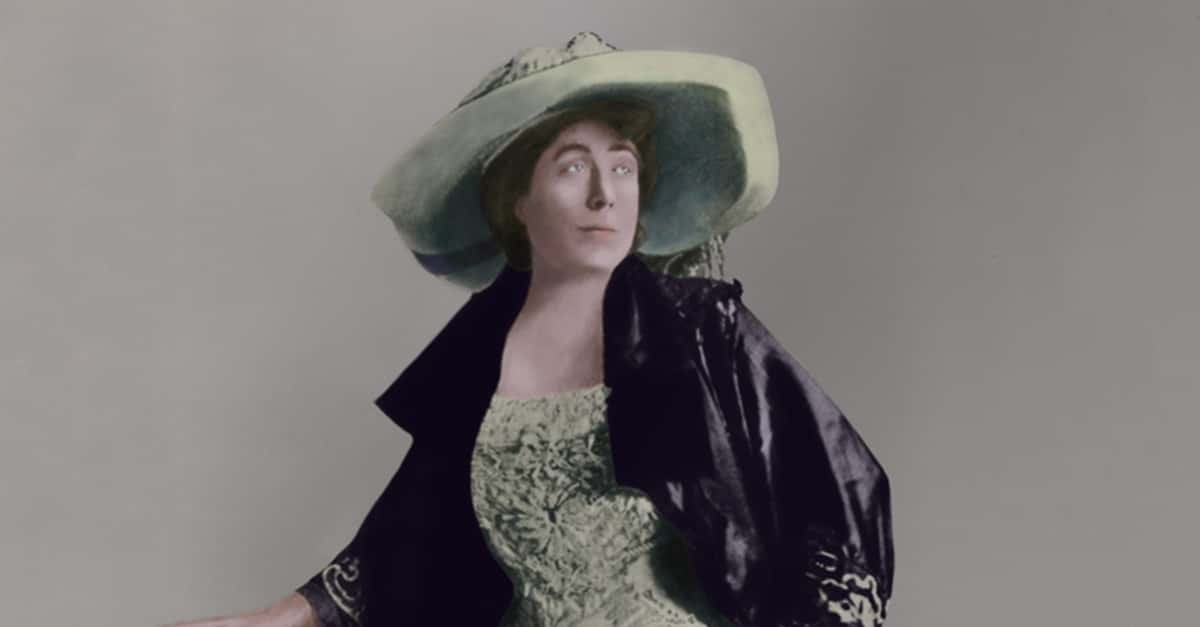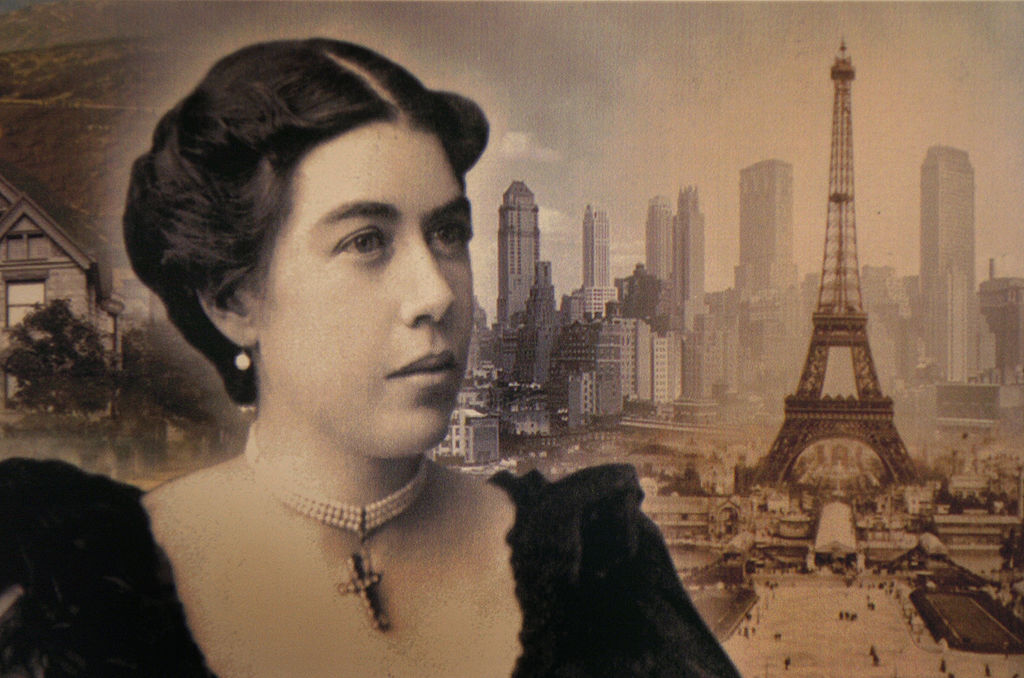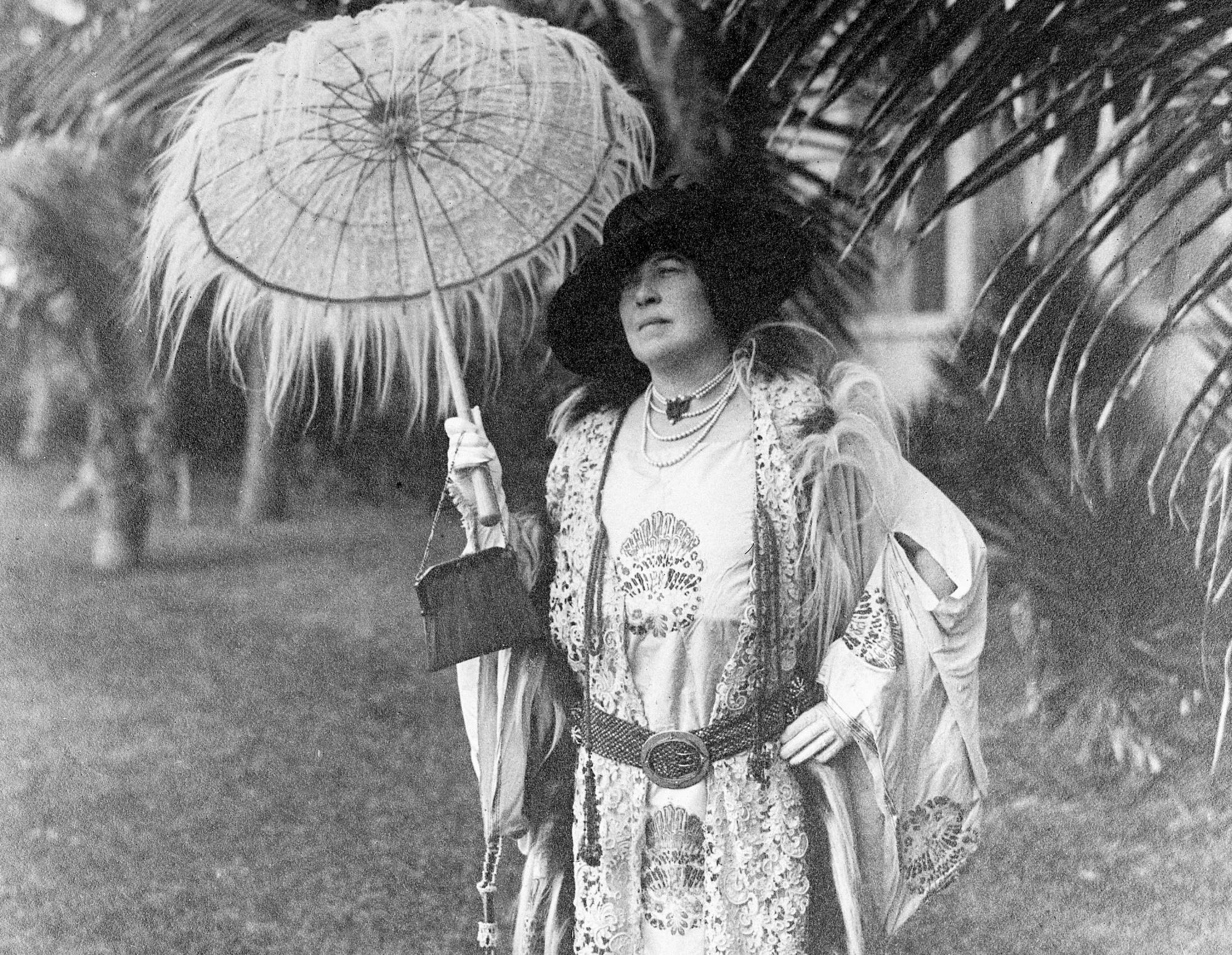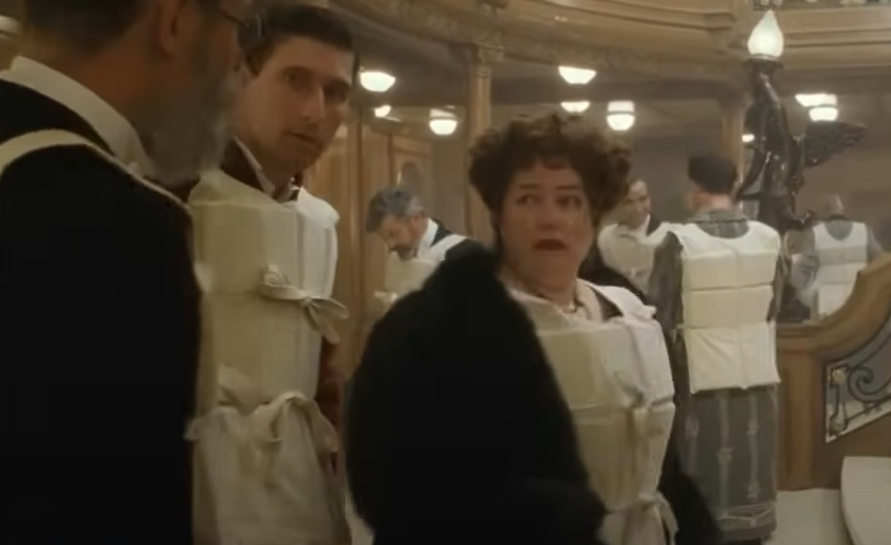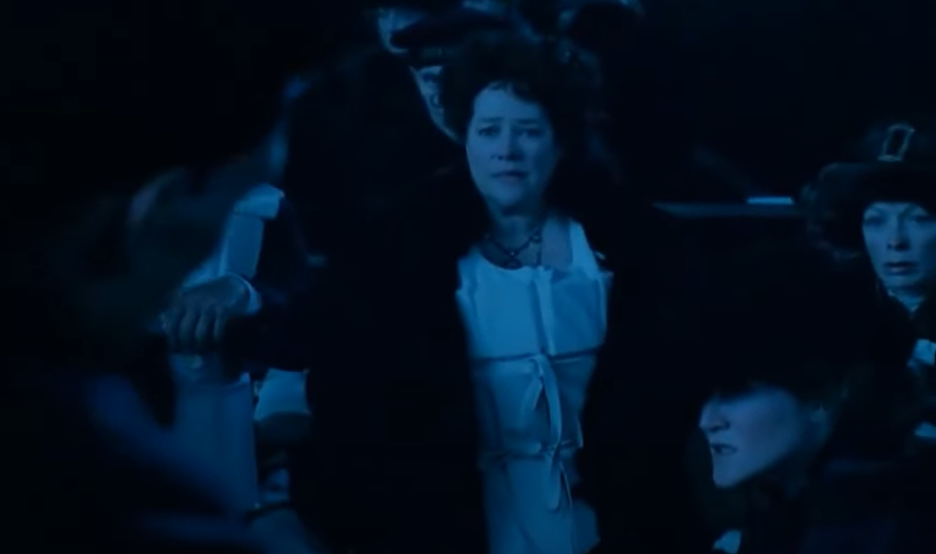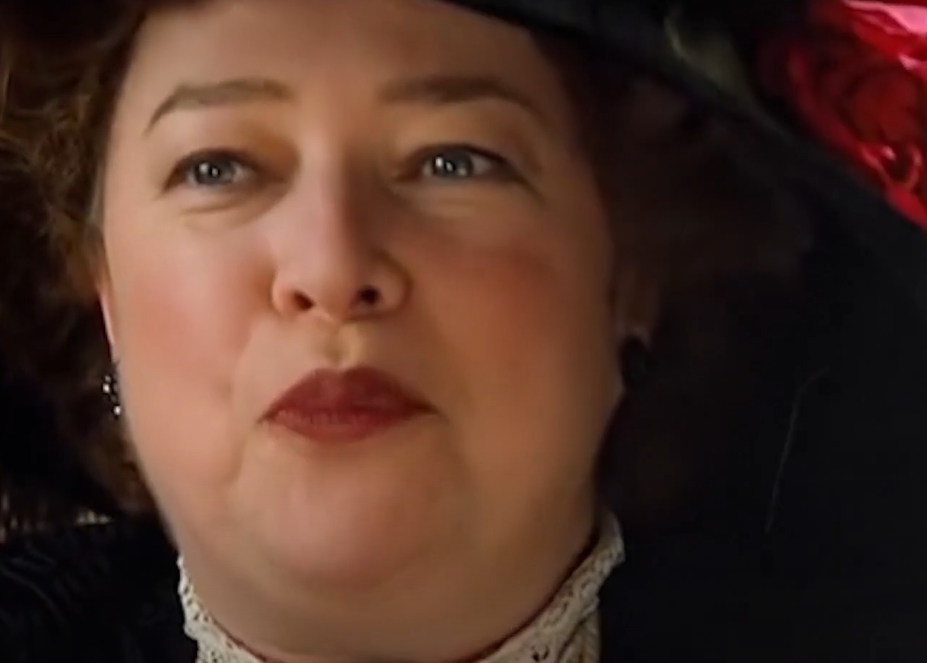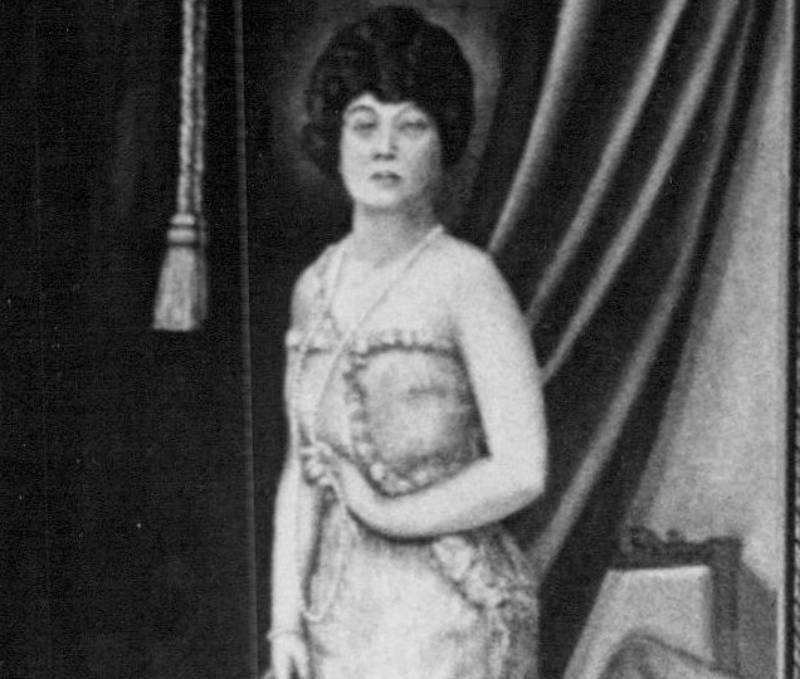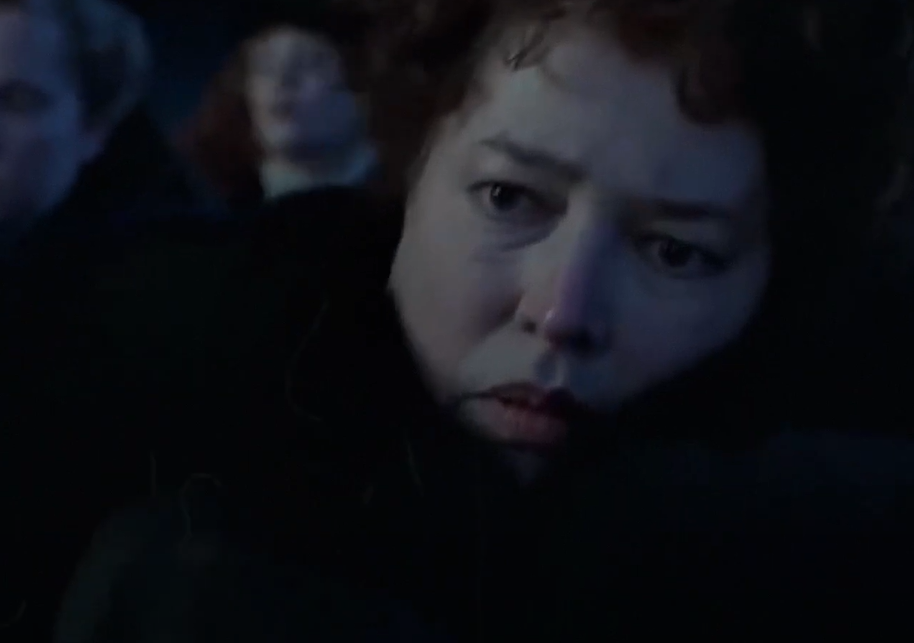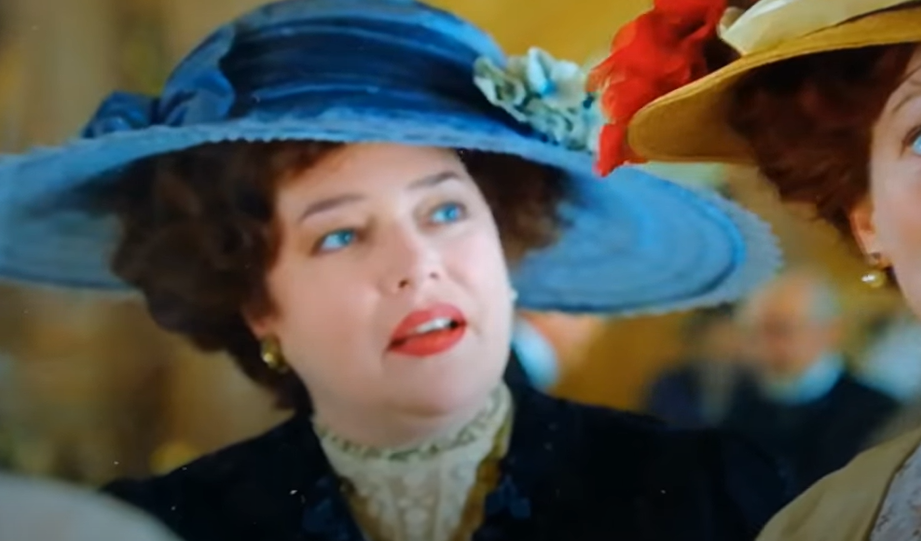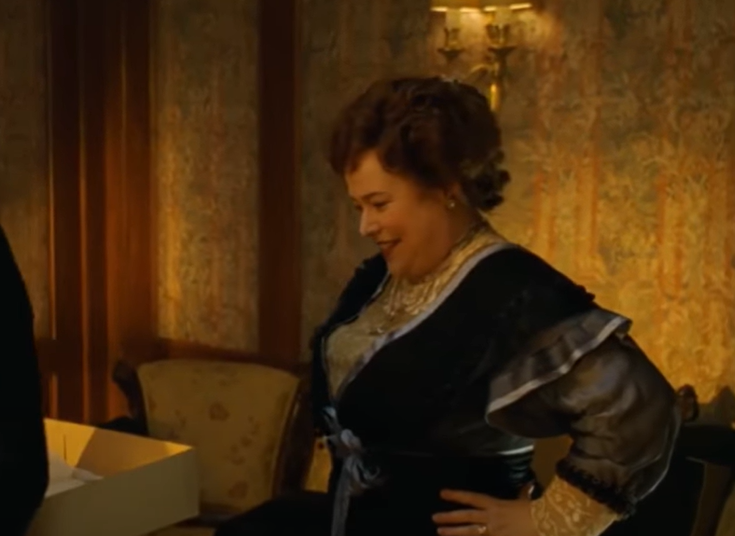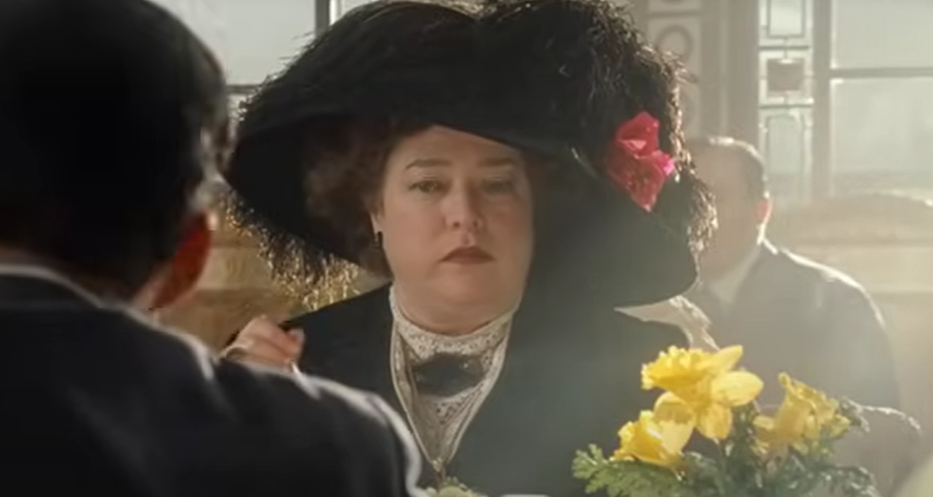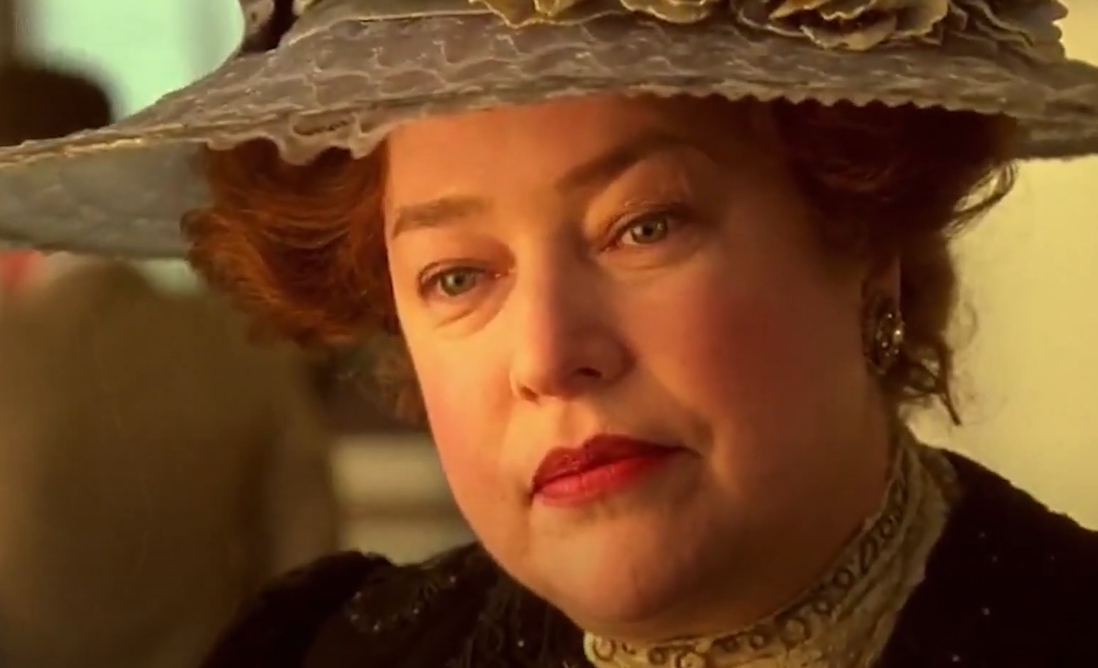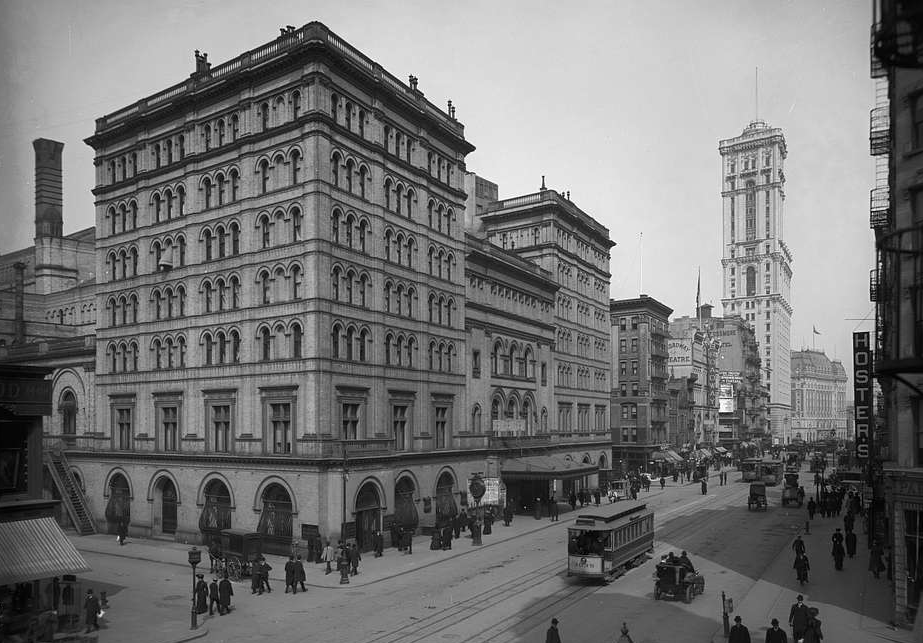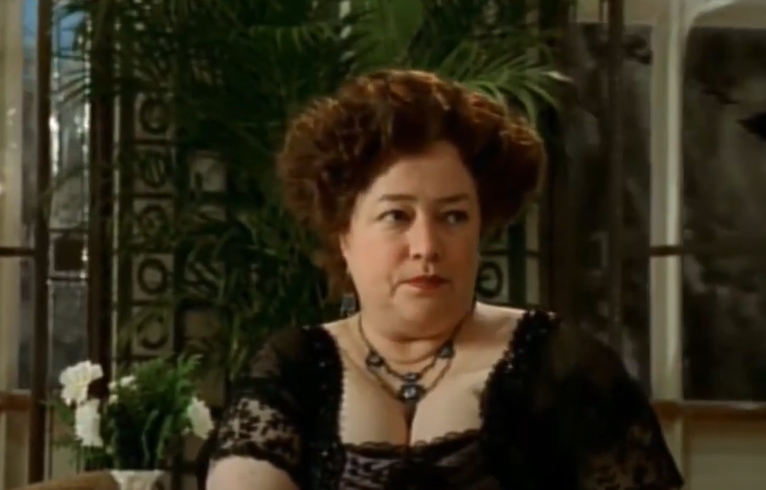The Unsinkable “Molly” Brown
Life for American women looked very different back when Margaret “Molly” Brown showed up on the scene. Yet while men expected women to be seen and not heard, Brown did everything but—even when she landed right in the center of one of history’s most infamous tragedies.
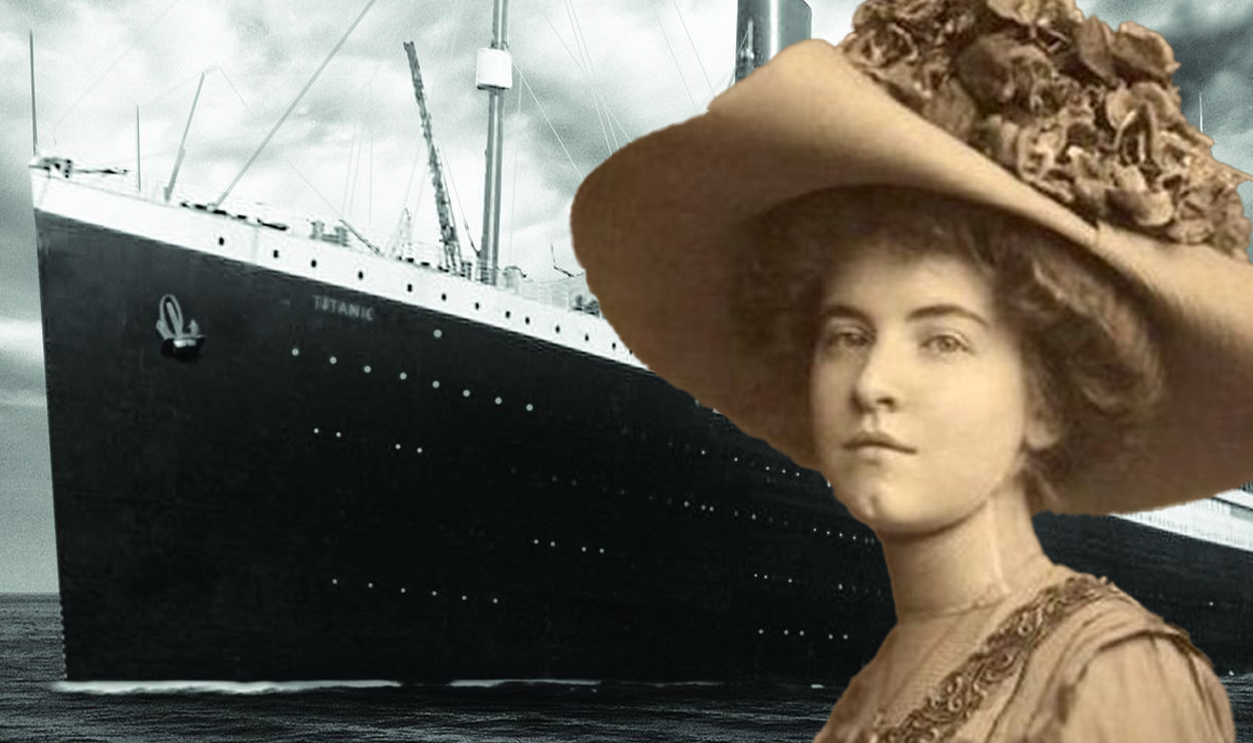
1. She Had A Rough Start
Born to immigrant parents in Missouri in the late 1860s, Molly Brown didn’t grow up with much material luxury in her life. Her father worked as a laborer, and her parents had four mouths to feed in addition to hers–and that’s not even including half siblings! Fortunately for her, though, she did luck out with something money can’t buy…
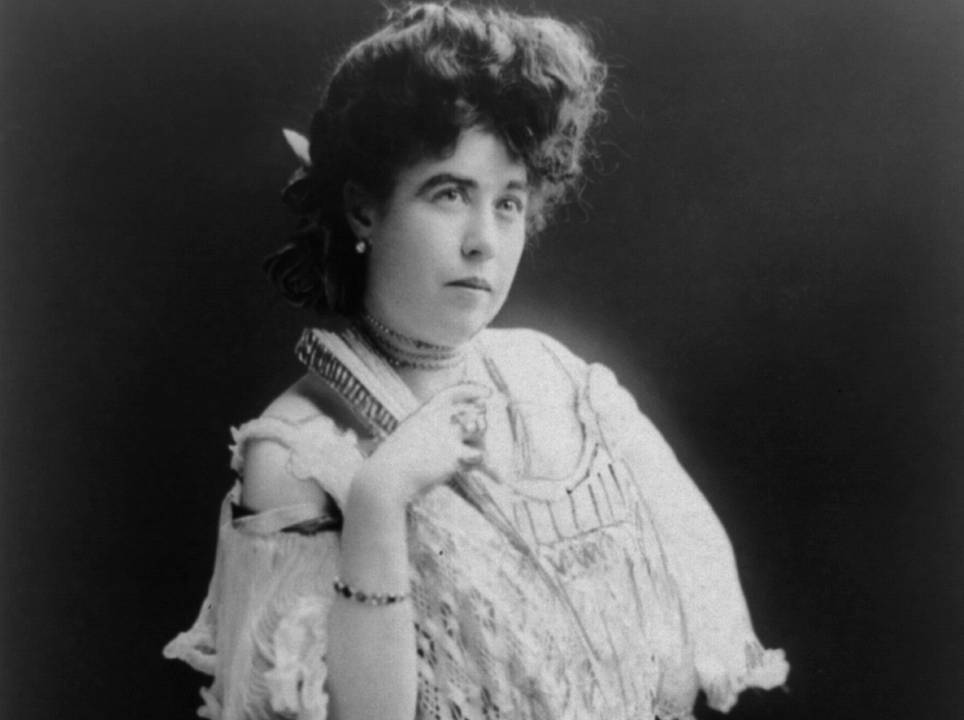 Bain News Service, Wikimedia Commons
Bain News Service, Wikimedia Commons
2. She Grew Up Cultured
Unlike many much more segregated places in America at that time, Brown’s hometown boasted some interesting levels of variety. She grew up with lots of different types of people, no doubt expanding her ideals. Even more intriguing, though, she got something a lot of little girls didn’t back then.
 Bain News Service, Wikimedia Commons
Bain News Service, Wikimedia Commons
3. She Learned Her Lessons
In general, most families didn’t focus on education for their daughters at that time. Men got the education, while women learned to take care of the home. But Brown’s parents encouraged her to learn, and sent her to school—as long as they could afford it, anyway.
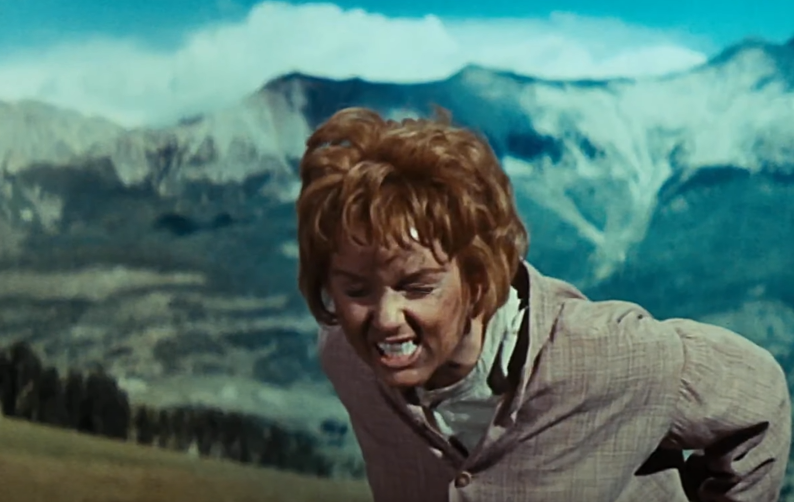 MGM, The Unsinkable Molly Brown (1964)
MGM, The Unsinkable Molly Brown (1964)
4. She Grew Up Fast
Unfortunately, Brown’s father struggled to make ends meet for his family. So at 13 years old, Brown joined the workforce as a laborer at a tobacco factory. But Brown wanted more, for herself and her family. And judging by her next move, she didn’t mind making huge changes to get it.
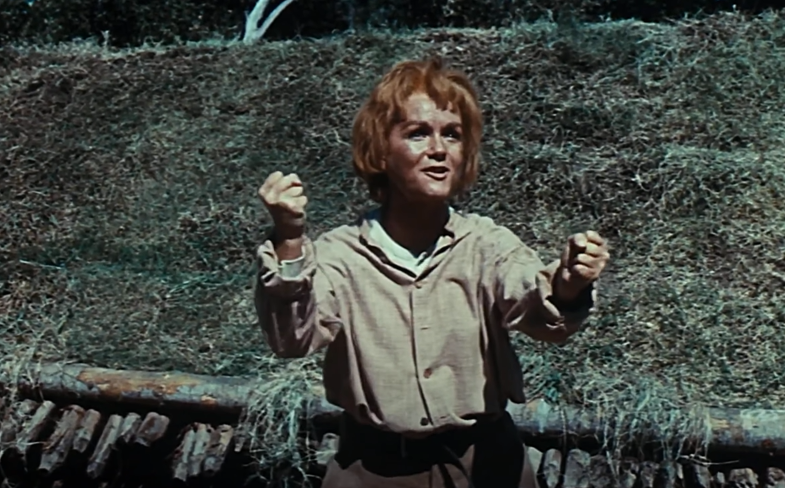 MGM, The Unsinkable Molly Brown (1964)
MGM, The Unsinkable Molly Brown (1964)
5. She Bought In To The Dream
In the 1880s, immigration to Colorado exploded when new opportunities arose in several areas, especially in mining for precious metals like silver and gold. Tales of people migrating to the mining towns and hitting it big travelled across the country. And before long, Brown went off in search of her own piece of the pie.
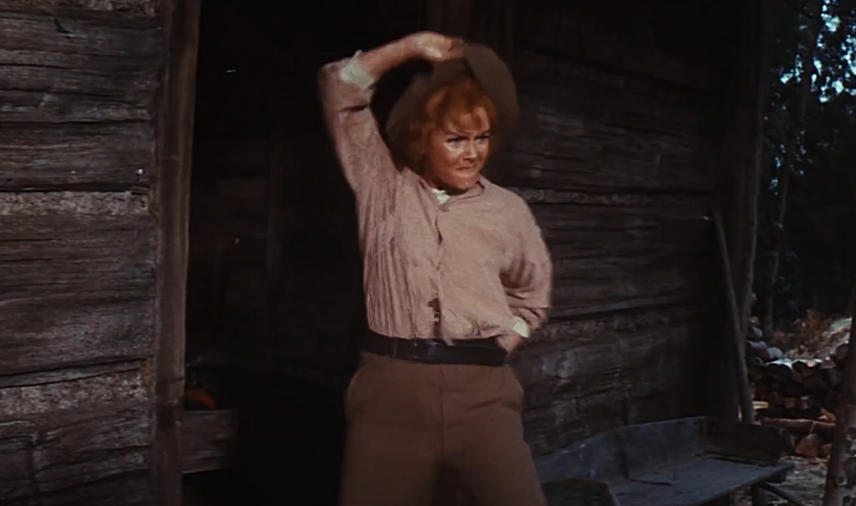 MGM, The Unsinkable Molly Brown (1964)
MGM, The Unsinkable Molly Brown (1964)
6. She Took Off
Brown snatched up the opportunity to move to Colorado in 1886. She headed there with her brother, sister, and brother-in-law. Perhaps she harbored some lofty dreams about life in a new state. But dreams almost never pan out quite the way you expect.
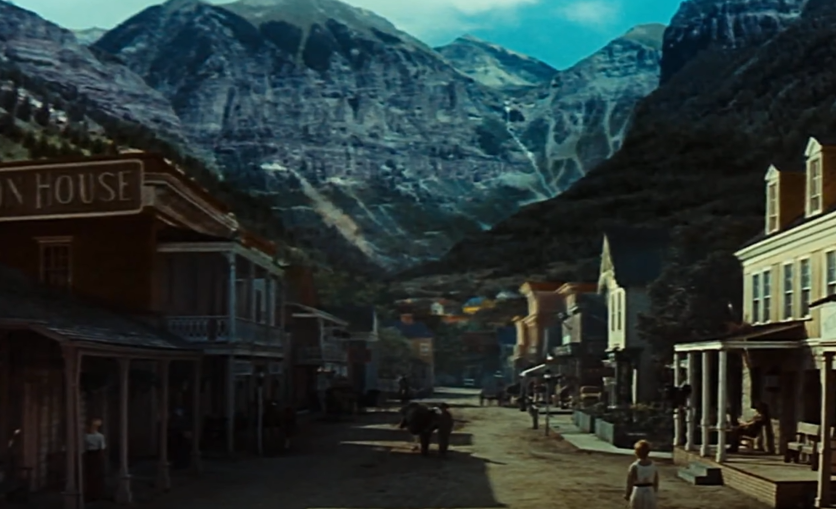 MGM, The Unsinkable Molly Brown (1964)
MGM, The Unsinkable Molly Brown (1964)
7. Things Looked Bleak
Things in their new hometown likely didn’t look quite as stellar as Brown imagined. She shared a small home with her brother, and found a job at a store. But all around her, she saw the shockingly harsh realities of life near the mines.
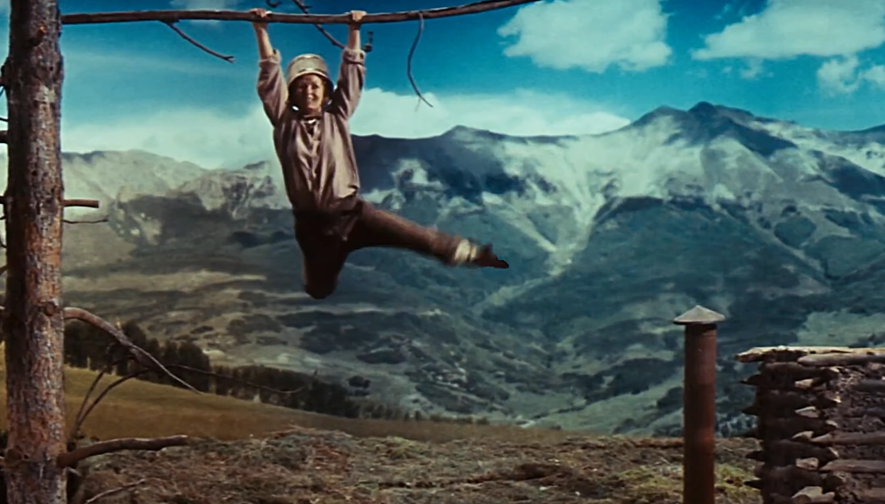 MGM, The Unsinkable Molly Brown (1964)
MGM, The Unsinkable Molly Brown (1964)
8. The Dream Faded
Many families gave up everything to go to Colorado with the hopes of striking gold and becoming rich. But in reality, work in the mines proved to be harsh and often dangerous. Moreover, companies employing the miners often took advantage of them. Brown needed a new plan, and she needed it fast.
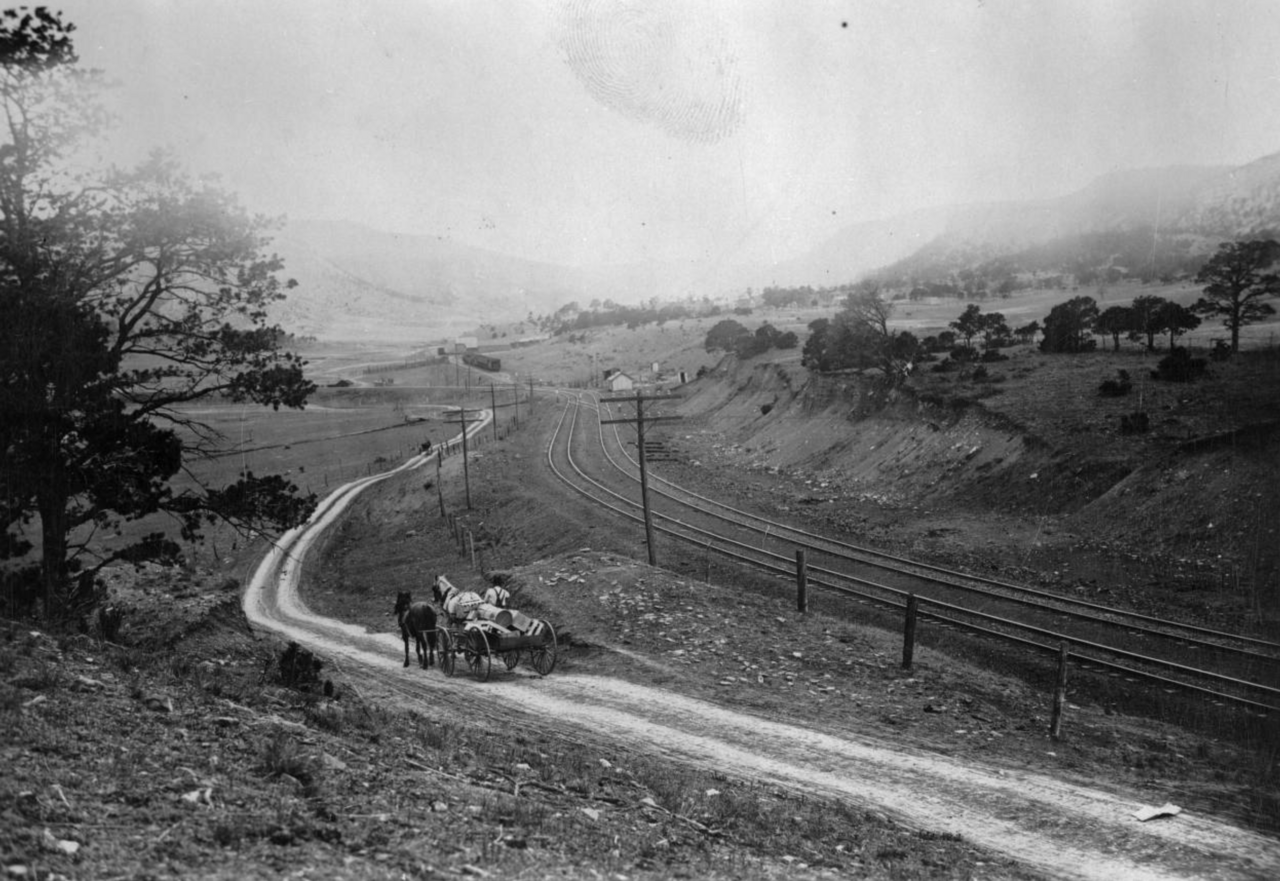 Denver Public Library Special Collections, Wikimedia Commons
Denver Public Library Special Collections, Wikimedia Commons

History's most fascinating stories and darkest secrets, delivered to your inbox daily.
9. She Made A Plan
Now 18 years old, Brown realized she could marry, which presented her with new options for her future. At the time, the husband she chose stood to make or break her entire life. So, as you can imagine, she came up with some very specific qualifications for her future mate.
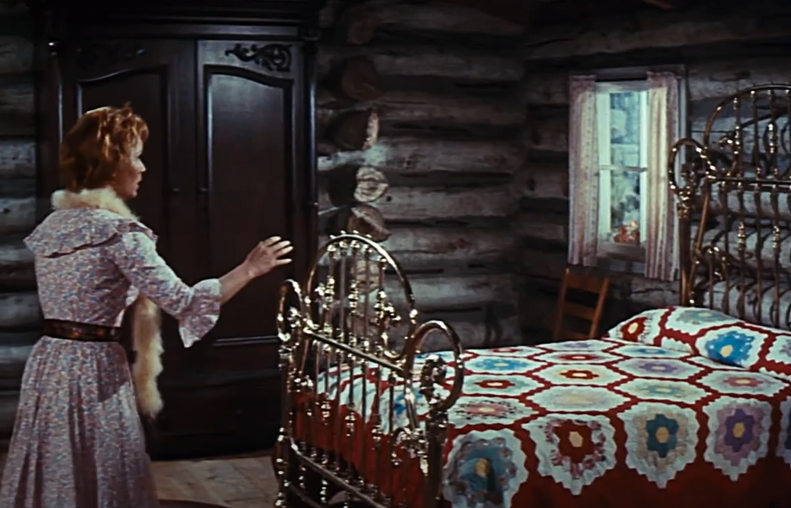 MGM, The Unsinkable Molly Brown (1964)
MGM, The Unsinkable Molly Brown (1964)
10. She Was A Gold Digger
By her own admission, Brown planned to find herself a rich husband. And all things considered, that really seems like the only valid option she had. It may sound a little scammy, but she actually had much more innocent reasons for her financial aspirations…
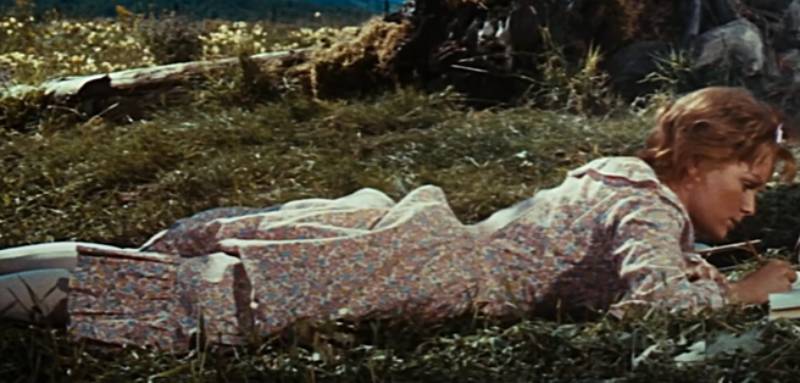 MGM, The Unsinkable Molly Brown (1964)
MGM, The Unsinkable Molly Brown (1964)
11. She Needed Help
Brown actually wanted a rich man so she could help care for her father. He’d grown older by then, and likely couldn’t work the way he used to. Furthermore, she wanted to give him more comfort than he had ever experienced. Unfortunately, her grand get-rich-quick plan didn’t quite go how she thought it might.
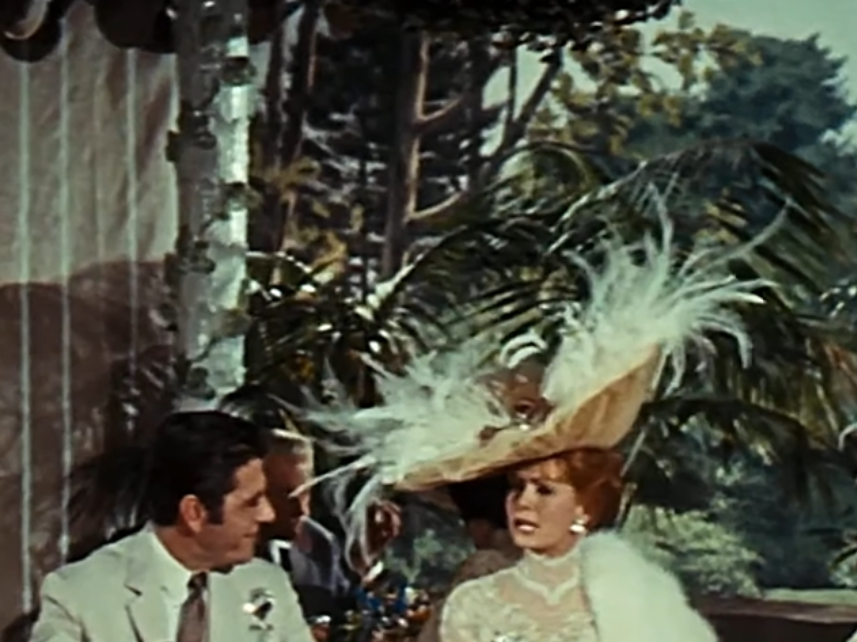 MGM, The Unsinkable Molly Brown (1964)
MGM, The Unsinkable Molly Brown (1964)
12. She Started Crushing
Just a short while after settling in Colorado, Brown met a poor engineer named James Joseph Brown (JJ for short). Reportedly, JJ boasted quite the intellect. Brown fell in love with his mind, but tried her best not to fall too hard for the man himself. But try as she might, it seems our girl just couldn’t resist…
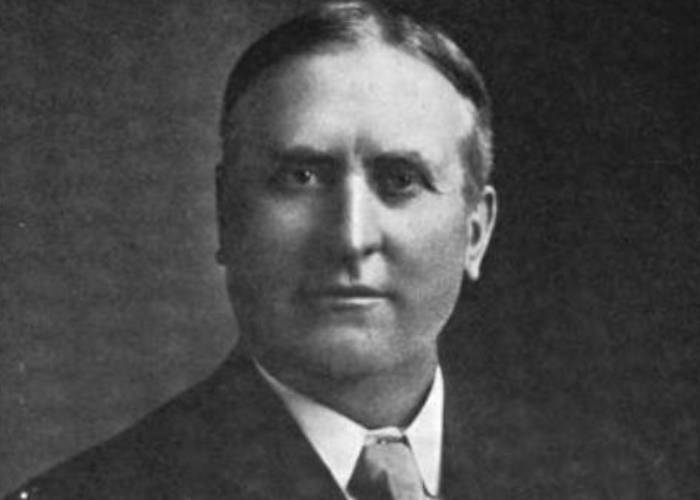 Unknown Author, Wikimedia Commons
Unknown Author, Wikimedia Commons
13. She Fell Hard
Not even one full year after arriving in Colorado, Brown married her new man. The two moved closer to his mining job, living among other mining families. And while other women in her situation might’ve pouted, she found a truly inspiring way to stay busy.
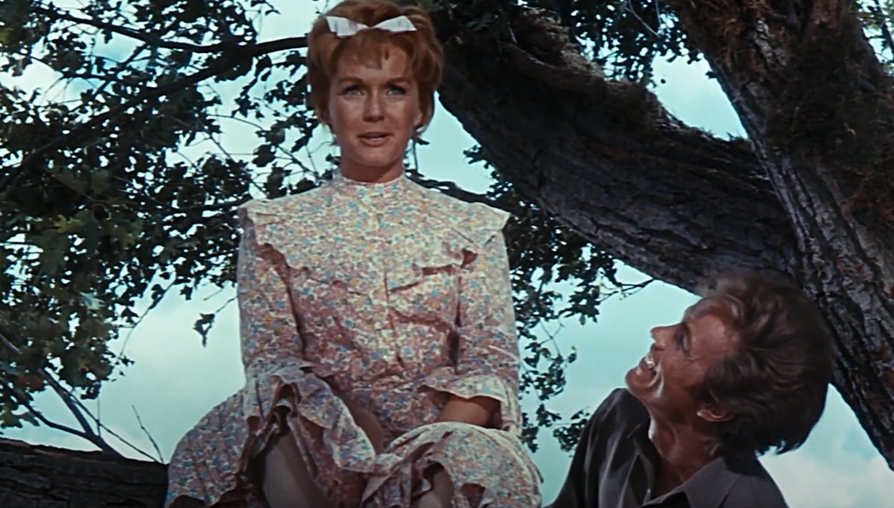 MGM, The Unsinkable Molly Brown (1964)
MGM, The Unsinkable Molly Brown (1964)
14. She Focused On Others
Brown made a name for herself in her new community in no time. In general, many of the families around them struggled to make ends meet. And even though she didn’t have much money herself, she made a point of looking out for others by helping to create soup kitchens. And just in time, too, considering the tragedy on the horizon.
15. Things Fell Apart
In the early 1890s, economic conditions in Colorado took a major turn downward. The price of silver dropped drastically, meaning many miners essentially lost their livelihoods. Bankruptcy and bank failures came next. But right about that time, things in the Brown household got the luckiest boost on the planet.
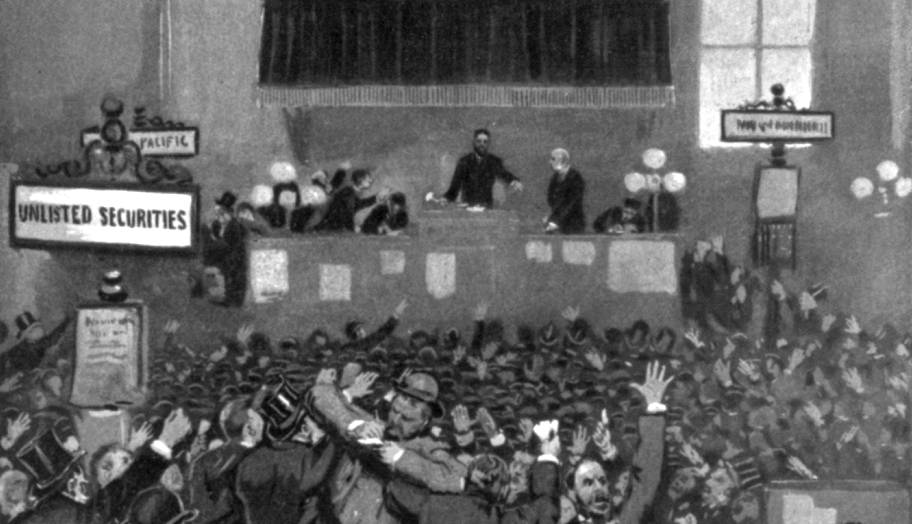 Unknown Author, Wikimedia Commons
Unknown Author, Wikimedia Commons
16. He Struck Gold
In that very same year, JJ’s hard work and research resulted in the discovery of gold in one of the nearby mines. With that, and the very substantial holding of stock he had in the company he worked for, he officially changed the Brown family’s life forever…
 MGM, The Unsinkable Molly Brown (1964)
MGM, The Unsinkable Molly Brown (1964)
17. She Got It All
With that turn of events, Brown found herself swimming in money with a man she loved. A win-win, if I do say so myself! Despite her deep connections to the working community, Brown saw a chance to get the fantasy life she always wanted. And, of course, what’s a princess without a castle?
 Unknown Author, CC BY-SA 4.0, Wikimedia Commons
Unknown Author, CC BY-SA 4.0, Wikimedia Commons
18. She Went Big
Brown leveled up almost immediately. The very next year, she and her husband purchased a majestic new home. And by majestic, I mean huge. They bought a Victorian size house that would come up to over a million dollars by today’s math. But of course, Brown needed a shiny new lifestyle to match their shiny new house…
 Unknown Author, CC BY-SA 4.0, Wikimedia Commons
Unknown Author, CC BY-SA 4.0, Wikimedia Commons
19. They Lived High On The Hog
With the sudden increase in wealth came a sudden increase in social standing. In the blink of an eye, Brown gained access to some of the town’s most exclusive social circles, including one of the earliest iterations of the Denver Woman’s Club. She learned new languages and brushed shoulders with the American elite. But she never forgot what really mattered.
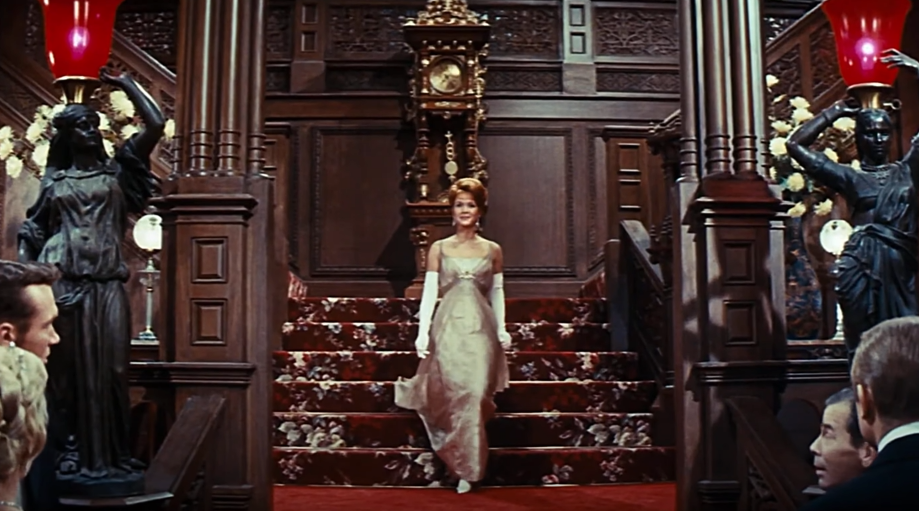 MGM, The Unsinkable Molly Brown (1964)
MGM, The Unsinkable Molly Brown (1964)
20. She Was Different
Many women coming from a background of poverty might’ve rested on their laurels once they got to this point. But Brown? She had a lot more on her mind than buying fabulous new dresses and hosting elaborate tea parties. She decided to use her newfound status and wealth to change the world.
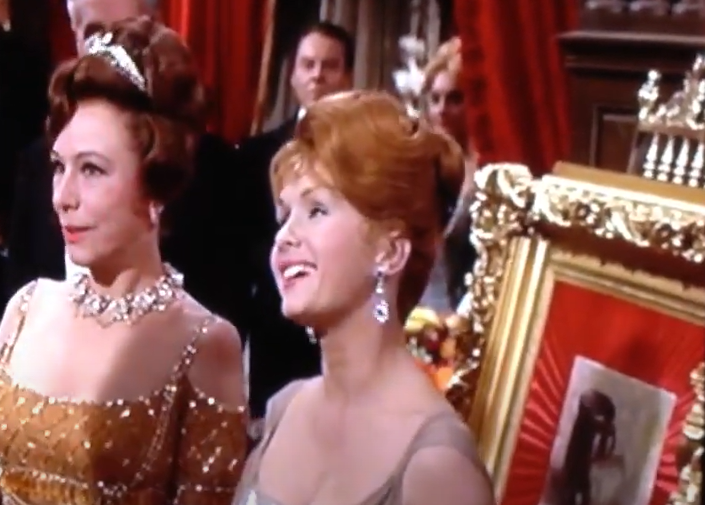 MGM, The Unsinkable Molly Brown (1964)
MGM, The Unsinkable Molly Brown (1964)
21. She Got In The Ring
Brown very quickly began to take on many progressive issues. On one end, she joined other women in their efforts to gain the right to vote. And in other circles, she focused on the poor and working class, helping to improve public conditions for people across the board. But while she seemed to truly thrive in her new life, things back at home started to get shaky.
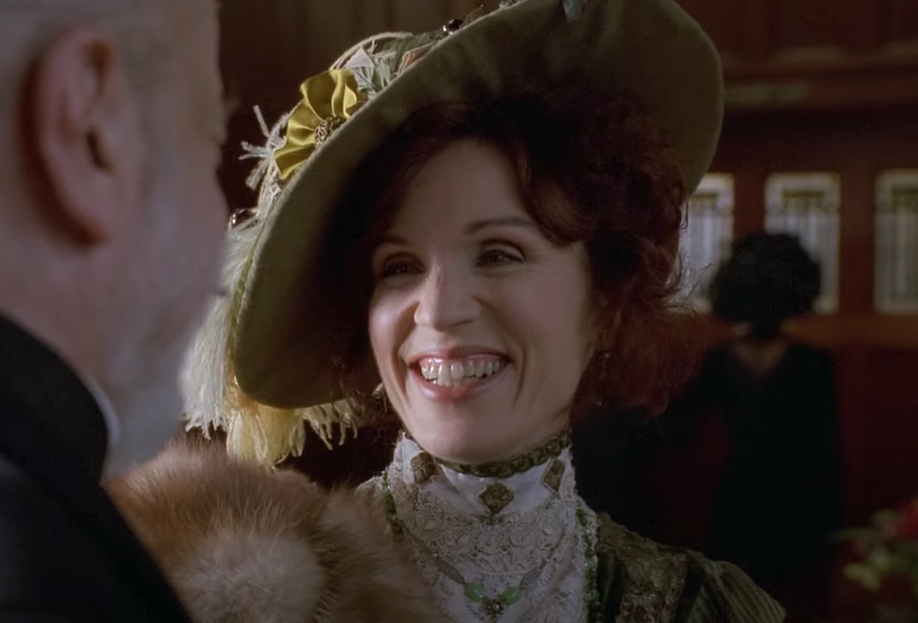 American Zoetrope, Titanic (1996)
American Zoetrope, Titanic (1996)
22. Things Got Strained
Unfortunately, the more Brown moved up and out into society, the more JJ seemed to retreat. While Brown ate up the new opportunities and attention, JJ preferred to continue living a quiet, private life. So what did they do to rekindle the flame? Something big…
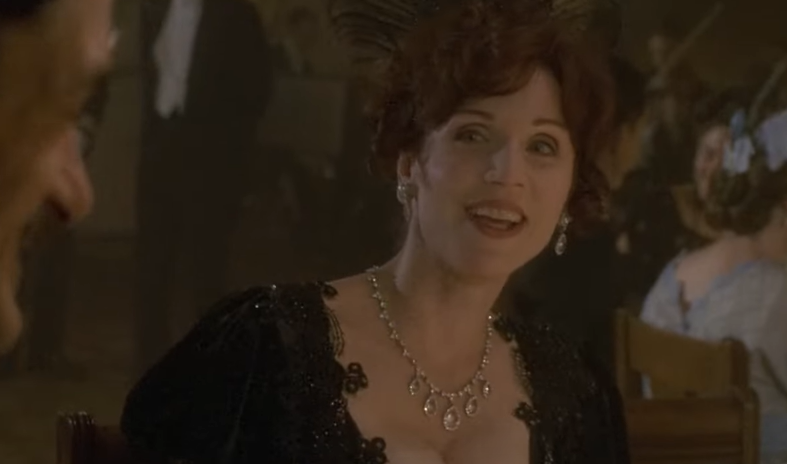 American Zoetrope, Titanic (1996)
American Zoetrope, Titanic (1996)
23. They Took A Bae-cation
The couple took off on a long, international trip in the early 1900s. They visited several countries, including stops in Ireland, Japan, and the ever romantic France. Reportedly, things got better for a while, but before the end of the decade, the two found themselves between a rock and a hard place.
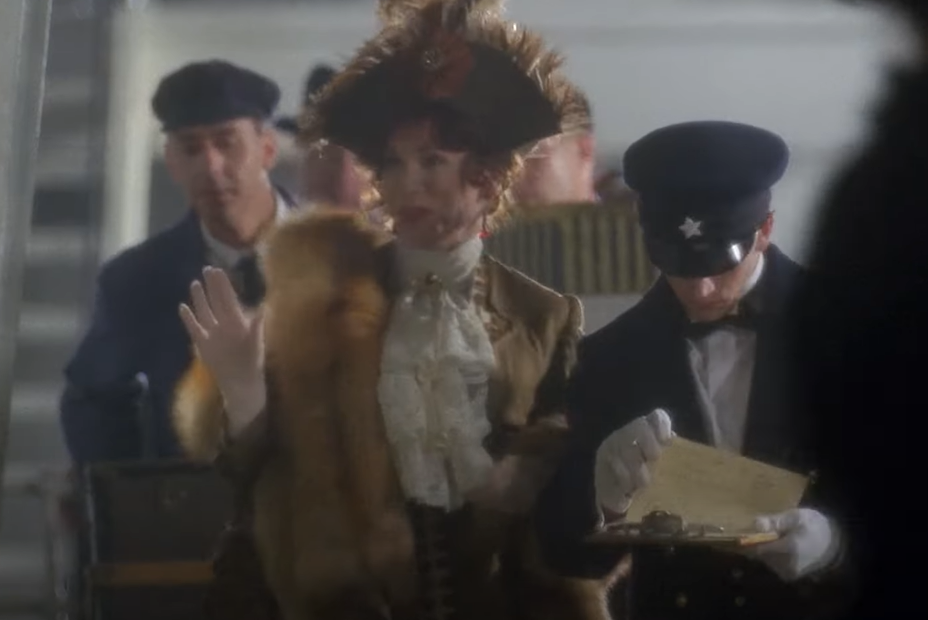 American Zoetrope, Titanic (1996)
American Zoetrope, Titanic (1996)
24. The Love Faded
Brown and JJ signed separation papers in 1909. They kept things very covert and private, possibly to keep their names out of the town gossip mill. They didn’t actually divorce, but it did end over two decades of their marriage as they knew it. But perhaps the love didn’t totally go away, considering what Brown got away with.
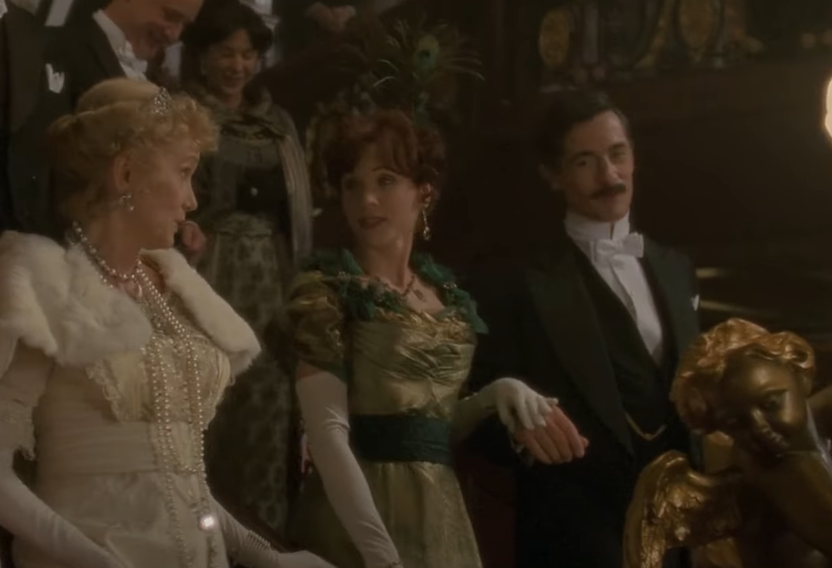 American Zoetrope, Titanic (1996)
American Zoetrope, Titanic (1996)
25. She Secured the Bag
In their separation, JJ agreed to continue to provide for Brown materially. More specifically, he provided her a hefty monthly allowance that would equal about $24,000 in our time. Now that’s what I call securing the bag! Brown should have been able to head into the sunset, living out the rest of her years as a socialite and benefactor, but an unforgettable tragedy soon changed her life forever.
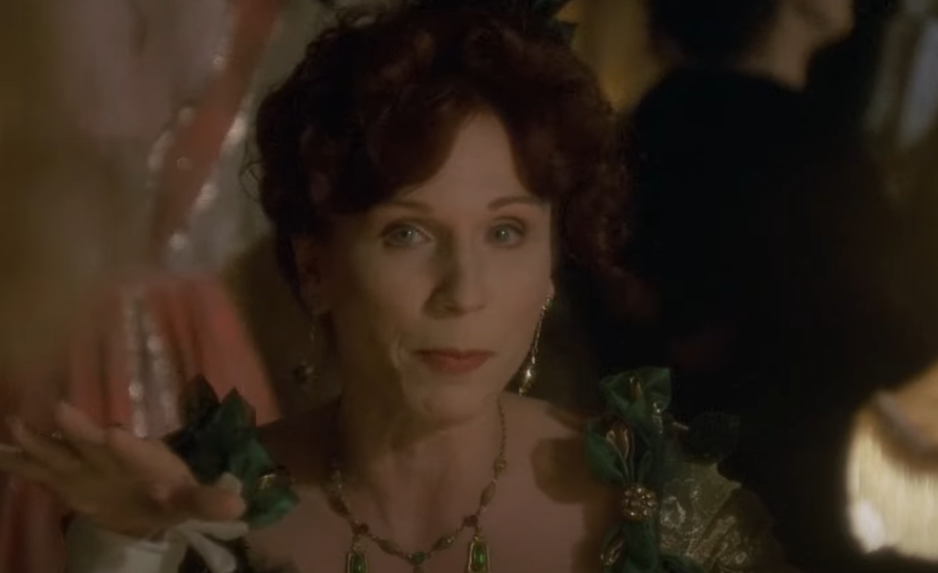 American Zoetrope, Titanic (1996)
American Zoetrope, Titanic (1996)
26. She Stayed Ready
Now on her own, Brown didn’t slow down at all. She continued to support important causes and travel for fun. That’s how she found herself in Paris in 1912, touring with her daughter just before disaster struck. It all started with a call from back home.
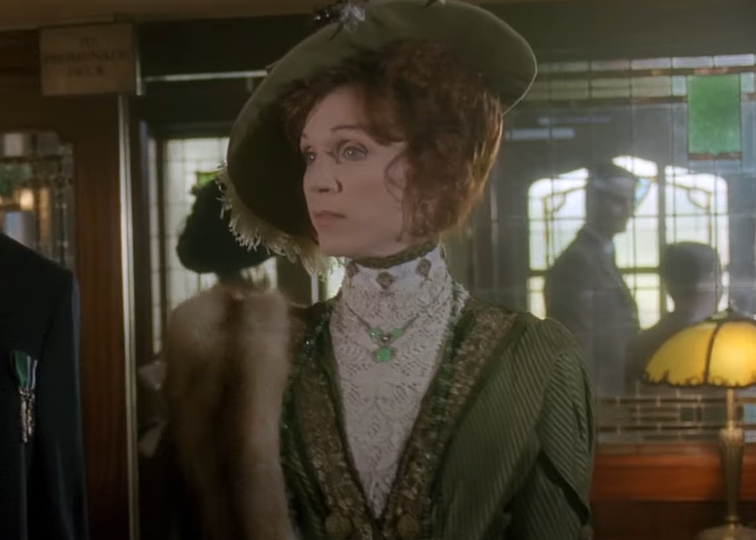 American Zoetrope, Titanic (1996)
American Zoetrope, Titanic (1996)
27. He Needed Her
While touring in France, Brown received word about her grandson’s declining health. She decided to go to New York to tend to him immediately. At that time, the fastest passage came by boat. Take one guess which now-famous ship she decided to book her trip on…
 Deep Indigo Productions, Titanic (2012)
Deep Indigo Productions, Titanic (2012)
28. She Travelled in Style
Brown boarded the Titanic in style, and, of course, in first class. News on the street declared the new liner a scientific phenomenon, supposedly the grandest and safest ship to ever sail the sea. And while the trip started out pretty smoothly, you probably already know things soon got rocky. Or shall I say, icy?
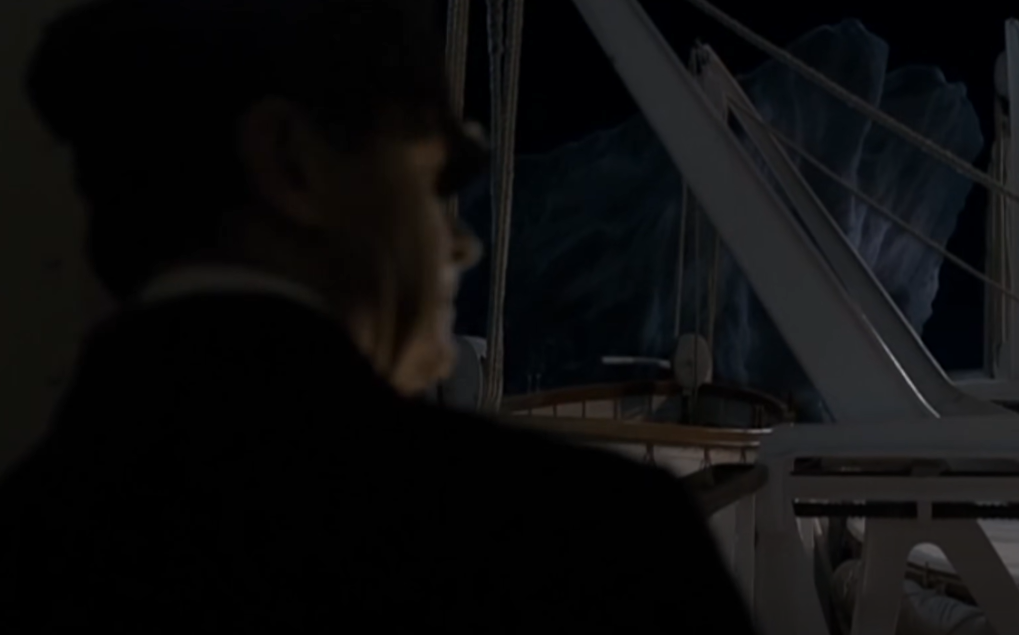 Deep Indigo Productions, Titanic (2012)
Deep Indigo Productions, Titanic (2012)
29. She Didn’t Know
April 14, 1912, found Brown relaxing in her cabin, likely without a care in the world other than getting home to her sick grandson. She remembered reading a book when she heard a crash, felt some type of impact, and fell to the floor. She didn’t get too concerned, not until the very next thing she laid eyes on.
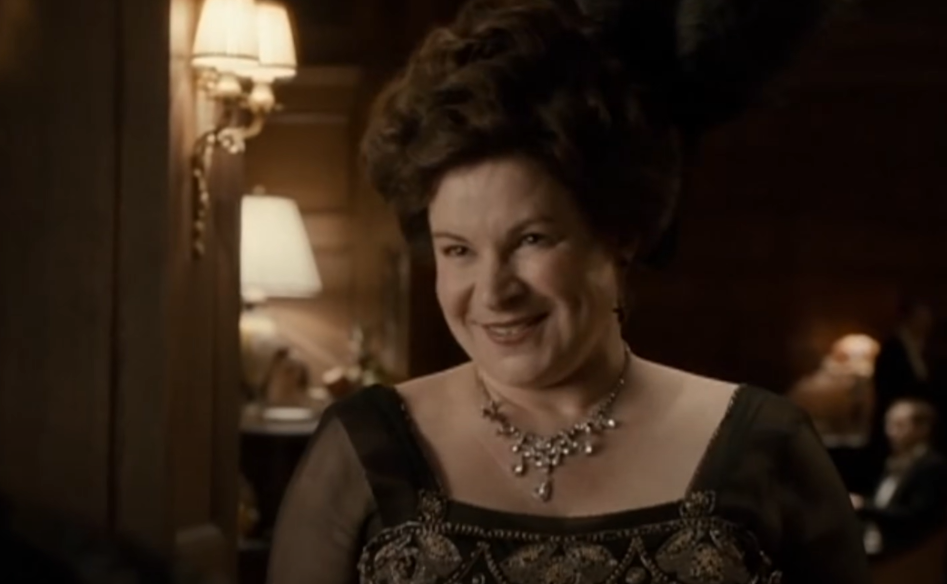 Deep Indigo Productions, Titanic (2012)
Deep Indigo Productions, Titanic (2012)
30. He Made It Real
When Brown left her cabin to check out the commotion, she described seeing a man with a truly terrified expression. He told her to “get your lifesaver”. It didn’t take long after that for her to realize the ship was going under. But once she did, she didn’t react quite like you might expect her too.
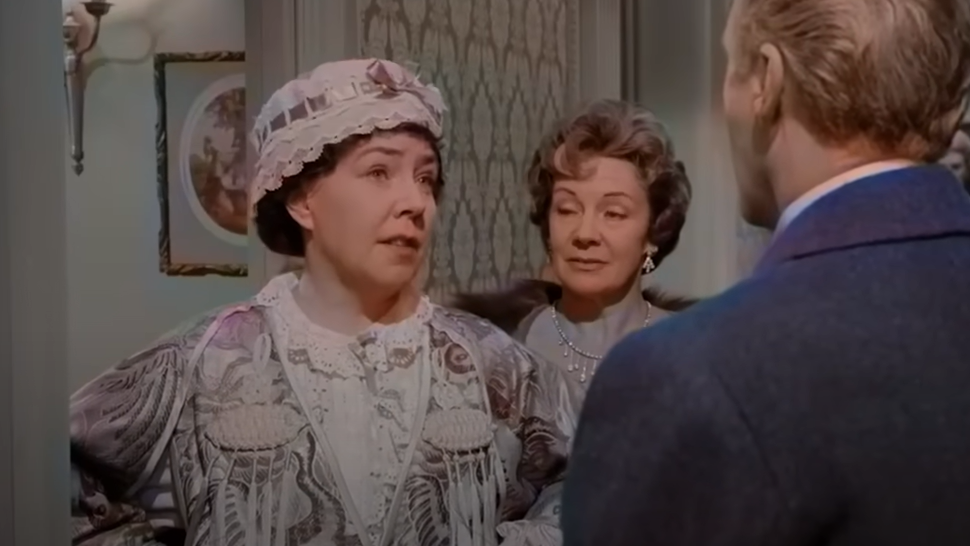 The Rank Organisation, A Night to Remember (1958 film)
The Rank Organisation, A Night to Remember (1958 film)
31. She Leaned In
Brown’s protective instincts kicked in. Rather than rushing to save herself, she started to assist and direct other passengers to board the lifeboats. But as she worked to save others, the ship continued to sink. And, eventually, someone literally had to force her out.
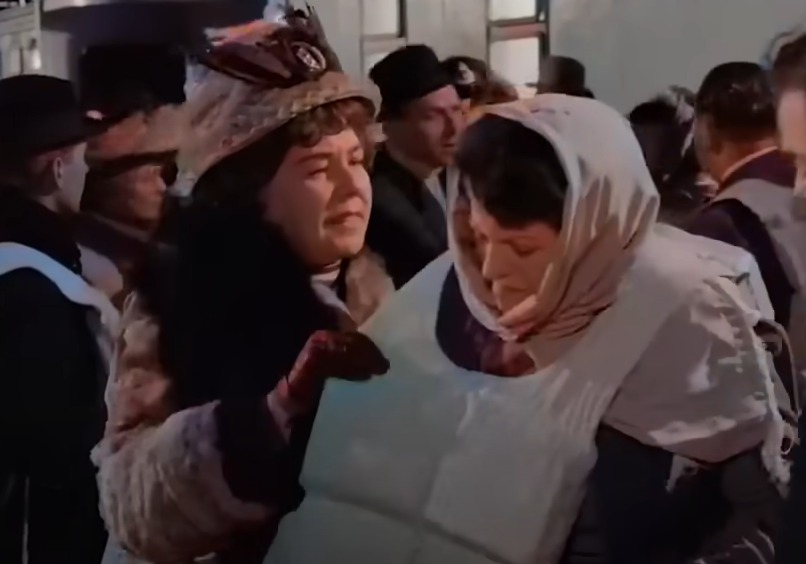 The Rank Organisation, A Night to Remember (1958 film)
The Rank Organisation, A Night to Remember (1958 film)
32. She Survived
Reportedly, someone literally grabbed Brown and put her into a lifeboat as they lowered it into the ocean, effectively saving her life. And while someone else might’ve breathed a sigh of relief at this point, Brown quickly noticed a problem that she just needed to rectify.
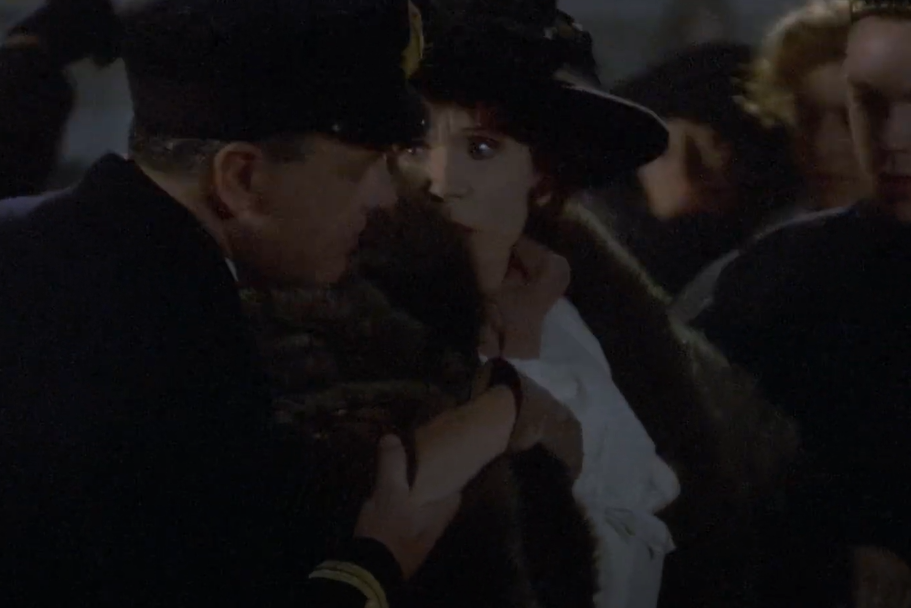 American Zoetrope, Titanic (1996)
American Zoetrope, Titanic (1996)
33. She Checked The Numbers
The lifeboat came equipped with enough space for 65 passengers, but only a few people managed to initially get on it. When Brown realized how much space remained, she tried to get a male sailor onboard to turn back for more people. That didn’t go like she expected.
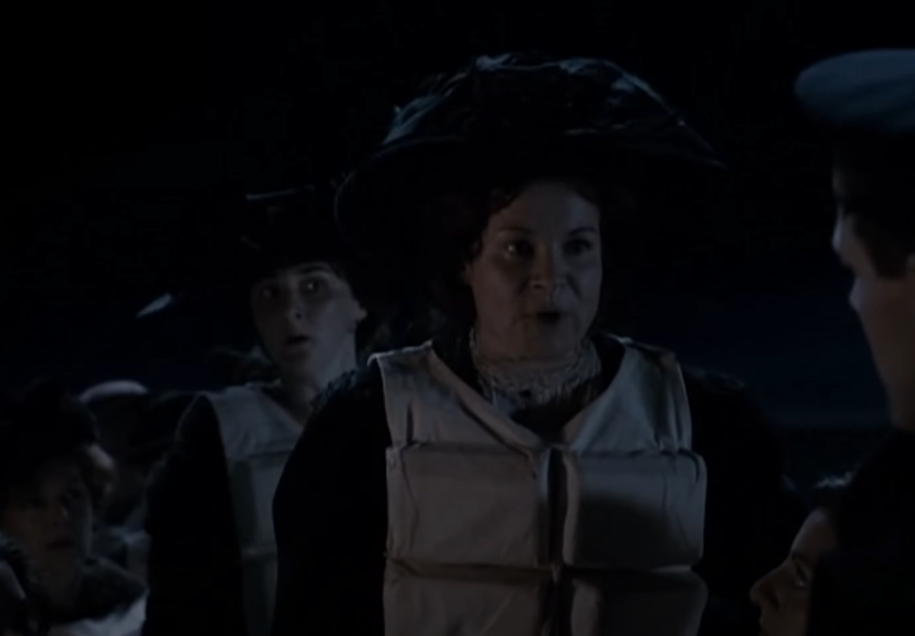 Deep Indigo Productions, Titanic (2012)
Deep Indigo Productions, Titanic (2012)
34. He Didn’t Want To
The sailor initially refused to turn back. Reportedly, he thought their lifeboat might sink if they did, either from the pull of the ocean or other sinking passengers trying to overload their boat. But Brown didn’t want to hear it. Allegedly, Brown forced his hand—more on details on that later.
 American Zoetrope, Titanic (1996)
American Zoetrope, Titanic (1996)
35. She Put In The Work
Now loaded with more passengers, the crew started navigating away from the sinking Titanic. Help didn’t come right away though, and the women aboard (likely including our supergirl, Brown) had to help row. But finally, in the wee hours of the morning, another ship arrived to rescue them. And when Brown and those with her finally got on board, she found even more work to do.
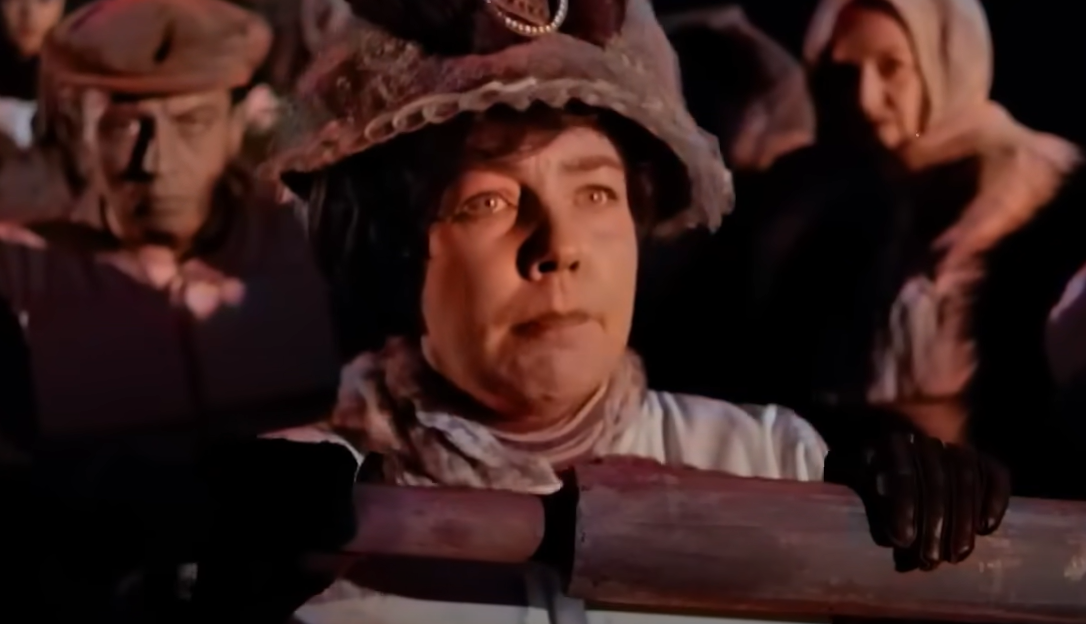 The Rank Organisation, A Night to Remember (1958 film)
The Rank Organisation, A Night to Remember (1958 film)
36. She Used Her Social Standing
As a member of the top echelons of society at the time, Brown got the chance to learn several different languages. And once she got aboard this new ship, she found herself using these different languages to help with the frazzled and distressed survivors aboard. But it didn’t feel like enough for her, so she did even more.
 The Rank Organisation, A Night to Remember (1958 film)
The Rank Organisation, A Night to Remember (1958 film)
37. She Remembered Her Passions
Brown took special interest in the women on board. She realized that, unlike her, many of the women lost their husbands and sons. That left them without much defense back in the real world, and would likely cause them to struggle. She thought fast, and came up with a surprising but totally genius plan.
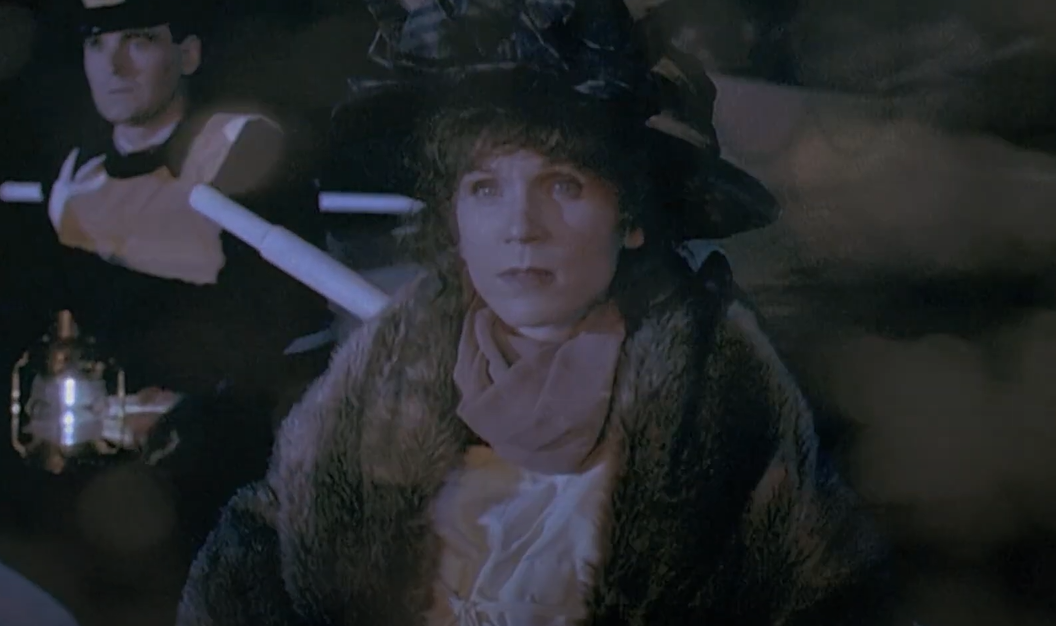 American Zoetrope, Titanic (1996)
American Zoetrope, Titanic (1996)
38. She Pushed Them
Brown started connecting with the other rich passengers she recognized on board. She explained the plight of several of the women on board, and asked them to make donations for their life after the tragedy. Several agreed, managing to rustle up $10,000 in donations. And once they actually made it back to safety, news of Brown’s heroic behavior spread like wildfire.
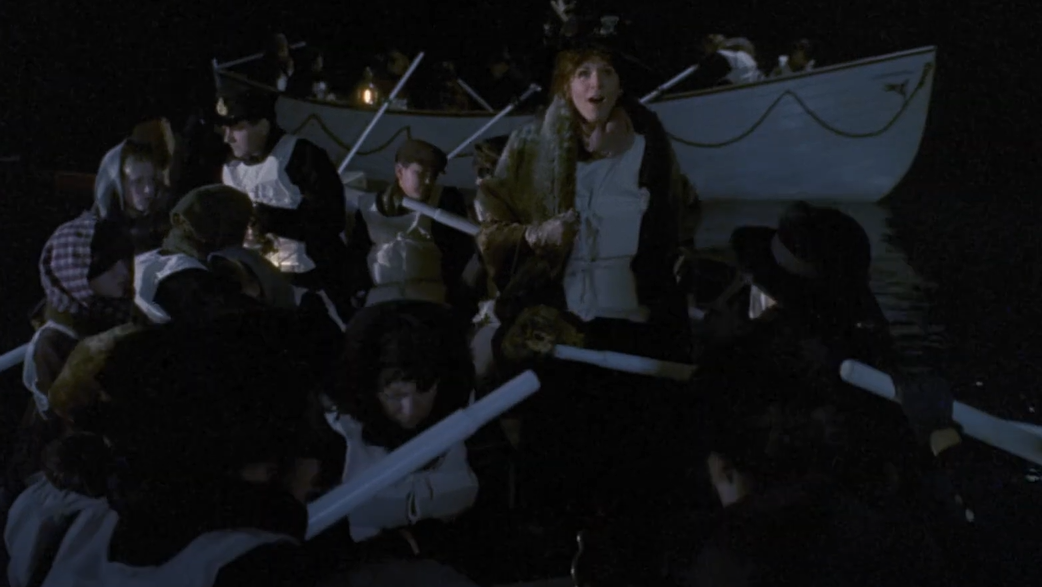 American Zoetrope, Titanic (1996)
American Zoetrope, Titanic (1996)
39. She Became Unsinkable
Safe and sound at home, the news of Brown's heroism emerged as a top story in several of Denver’s local gossip columns. They called her “the unsinkable Mrs Brown”, sending her story far and wide. But while the local columns argued about who broke her story first, Brown had a much more nonchalant response…
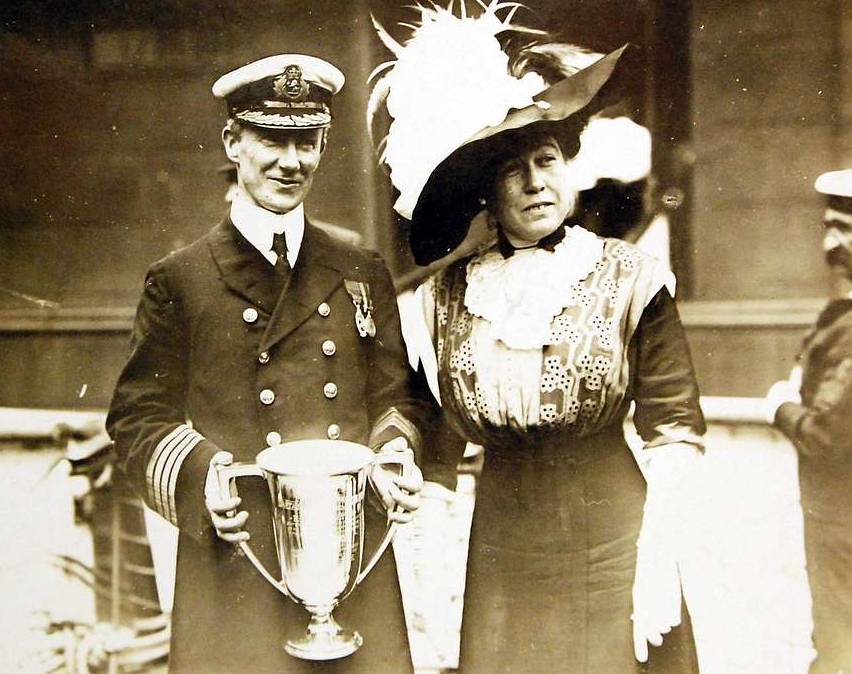 National Museum of the U.S. Navy, Picryl
National Museum of the U.S. Navy, Picryl
40. She Didn’t Care
Brown didn’t take all the praise and popularity too seriously at first. She even sent the articles about her around to friends, so they could laugh at the stories together. What Brown didn’t realize, though, is that the popularity ultimately gave her more of a voice than she ever expected.
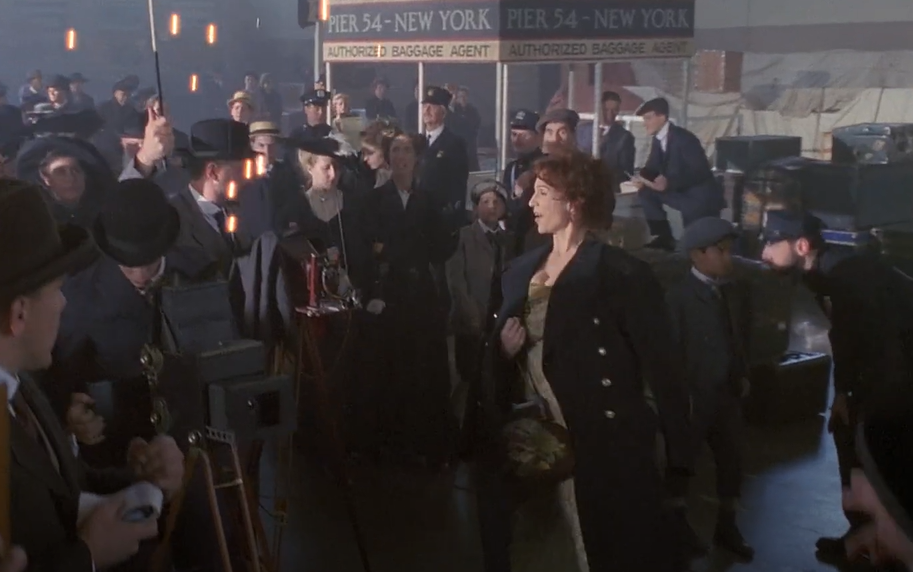 American Zoetrope, Titanic (1996)
American Zoetrope, Titanic (1996)
41. Things Got Crazy
Just a few years after her unsinkable story made the rounds throughout the US, Molly Brown found herself in the midst of an economic controversy. Due to terrible working conditions, the miners in her Colorado hometown went on strike. Meanwhile, their company bigwigs refused to bow to their commands. And how did Brown factor in, you ask? Well, she got right in the middle of things.
42. She Got Into The Fray
With her strong connections to both sides of the argument, Brown found herself in quite a sticky spot. With her intellect and newfound popularity, both sides wanted her to be their spokesperson. In the end, though, she refused to give in to either side.
43. She Played The Middle
Instead, Brown chose her own path forward. Without demonizing the wealthy company owners and their circle of elite, she spoke up for the rights of the miners. And when the strike actually led to a physical altercation, she worked even harder to get the companies to make a move. Before long, she realized just how much new influence she had.
44. She Got What She Wanted
After several weeks of Brown’s pressing speeches, the company owners agreed to make the necessary changes to improve working conditions in the mines. Perhaps that situation gave her an extra boost in confidence, considering what she decided to get up to next.
45. She Made A Move
Setting her sights on the future, Brown decided to start spending more time living at her summer home in Newport. Newport boasted some of the very best high social status had to offer at the time, and Brown took advantage of the opportunities for her kind there. Newport had another, more uniquely appealing quality for her, though.
 Hustvedt, CC BY-SA 3.0, Wikimedia Commons
Hustvedt, CC BY-SA 3.0, Wikimedia Commons
46. The Girls Ran The World
Unlike just about any other city in America at the time, women basically ran Newport. Not officially, of course (it was still just the early 1900s, mind you). But with the men gone to New York City to work most of the time, the women they left behind pretty much ran things. Before long, Brown connected herself to just the right women…
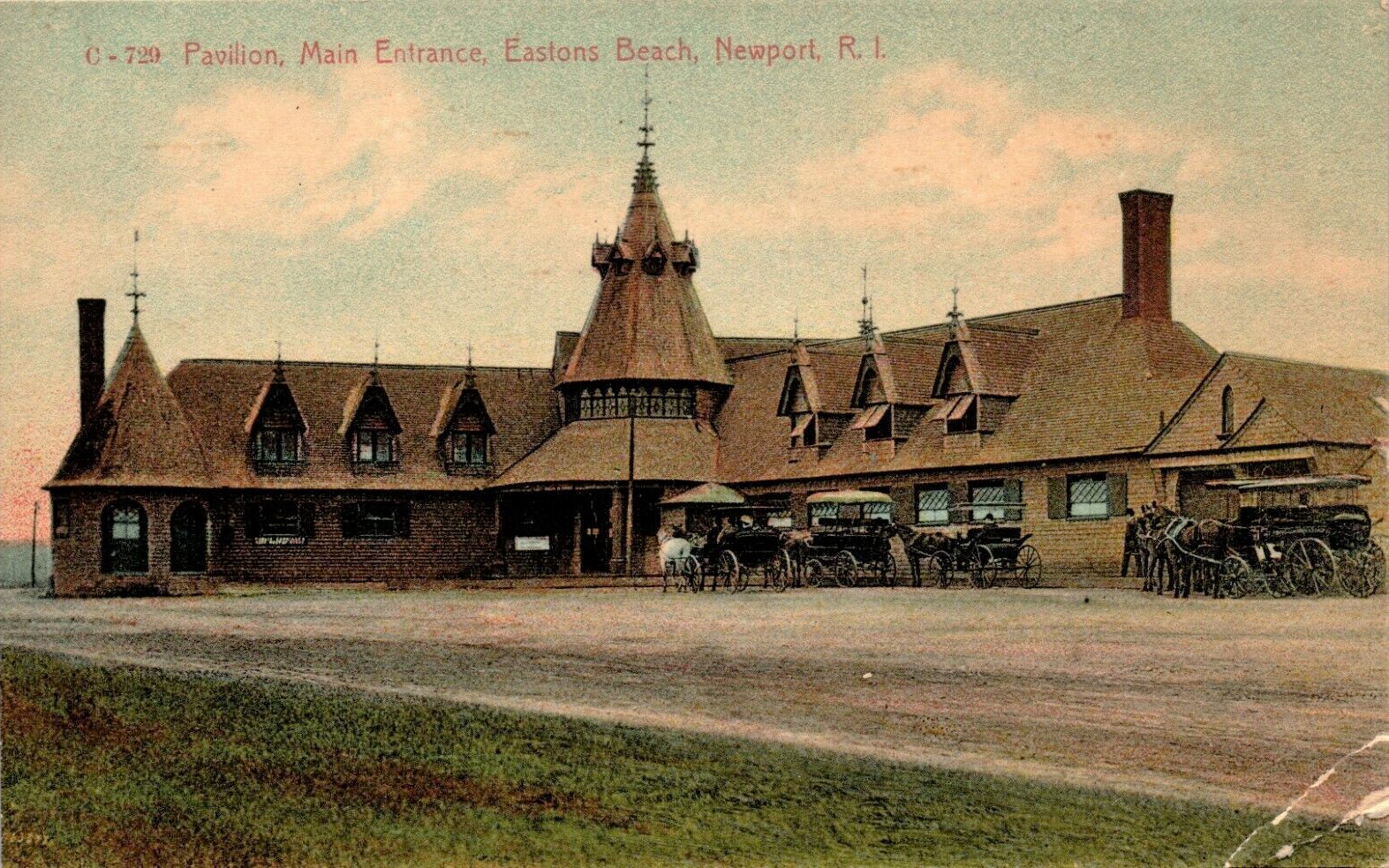 Unknown Author, Wikimedia Commons
Unknown Author, Wikimedia Commons
47. She Went Straight To The Top
Brown became a close friend and colleague of Alva Vanderbilt Belmont (yes, that Vanderbilt). At the time, Belmont served as the President of the National Woman's Suffrage Association, using both her money and influence to promote women’s right to vote. Even mixing and mingling with the country’s richest women, though, Brown still didn’t forget the modest background she came from.
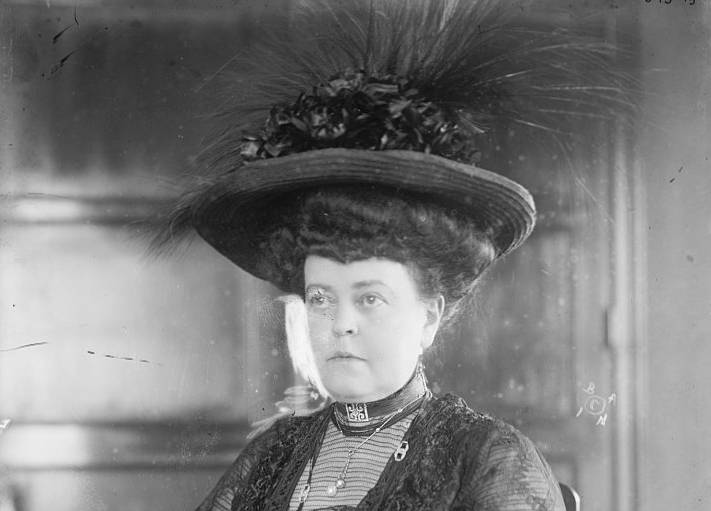 Bain News Service, Wikimedia Commons
Bain News Service, Wikimedia Commons
48. She Remembered The Little People
Along with her new friend, Brown also joined the National Women’s Trade Union League. As an organization, they engaged both wealthy and working class women to improve the conditions for women. This came as a novelty at the time, as several other organizations separated according to social class. But Brown stayed grounded, and soon took her dedication to change to new levels.
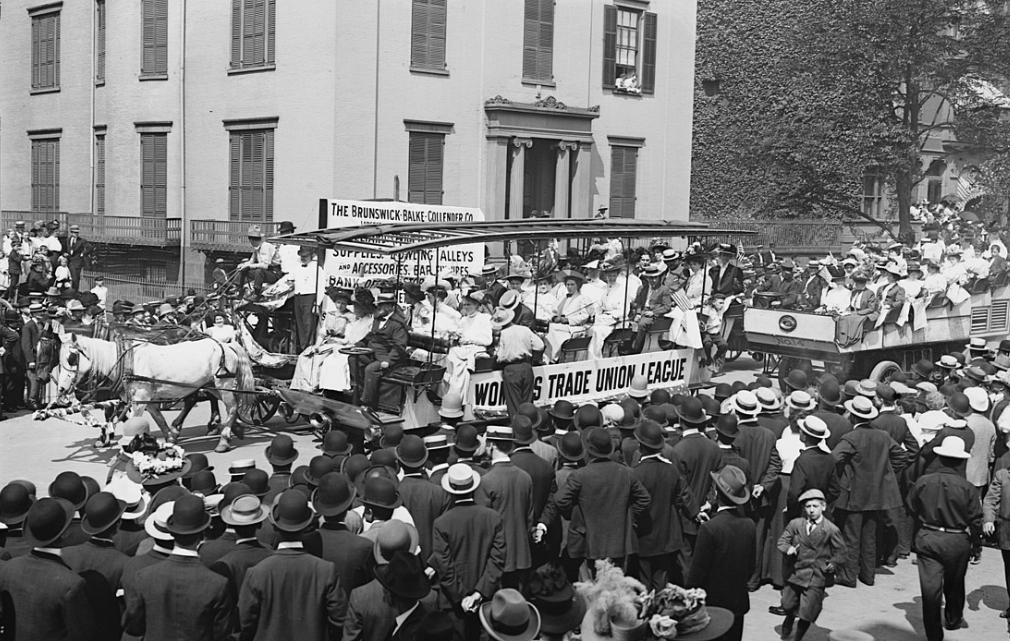 Bain News Service, Wikimedia Commons
Bain News Service, Wikimedia Commons
49. They Did It Big
Together, the two women played vital roles in launching the Conference of Great Women in 1914. This event served to signal the increase of effort for women's rights, as well as the rights of working class persons across the board. Even more than launching the event, though, Brown seized the opportunity to push herself forward.
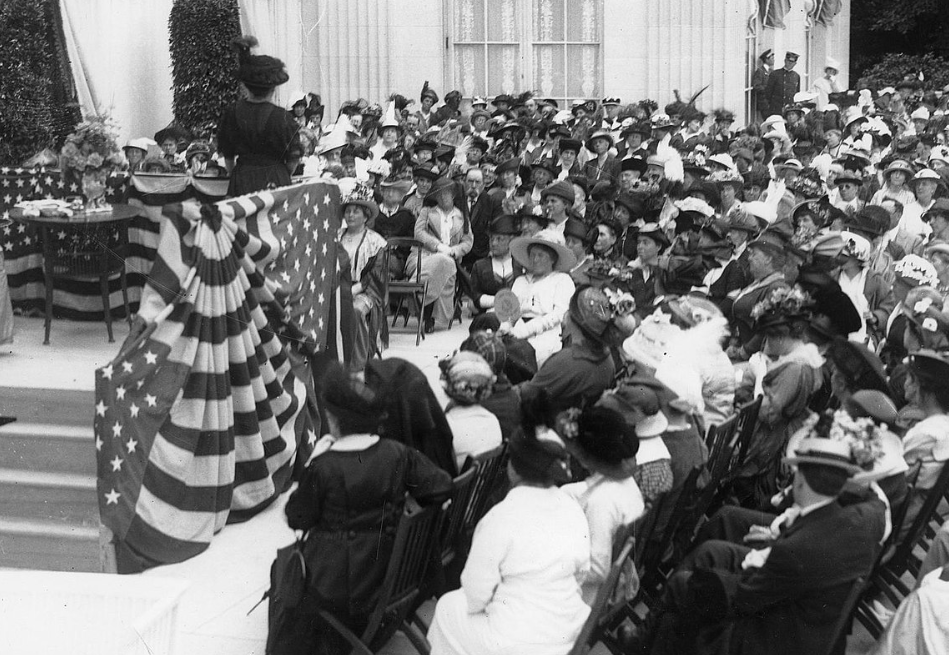 Unknown Author, Wikimedia Commons
Unknown Author, Wikimedia Commons
50. She Took Her Place
Brown seized the opportunity to stand front and center. She gave a rousing speech at the conference, pressing into the issues of the laborers at the mines, and the rights every person deserved despite economic standing. And with that, she primed herself for an unbelievable endeavor.
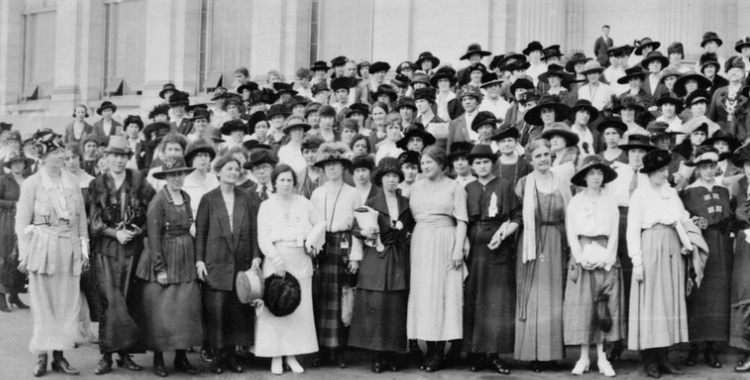 Schutz Group Photographers, Wikimedia Commons
Schutz Group Photographers, Wikimedia Commons
51. She Got Political
Shortly after the conference, Molly Brown threw her hat in the ring for senator of Colorado. This came as a surprise, considering women still couldn’t vote. Even so, her odds seemed strong, as both men and women responded well to her platform. But before she could nab her seat, another tragedy came to throw her off the path. This time, though, she didn’t get caught up—she actually ran to the problem.
52. The World Turned Upside Down
World War I blew in like a terrifying storm that same year. Despite the growing success of her senate campaign, Brown seemed to immediately feel the pull to find the best way to work to help those affected by the worldwide calamity. Before long, she made a decision that totally changed her path.
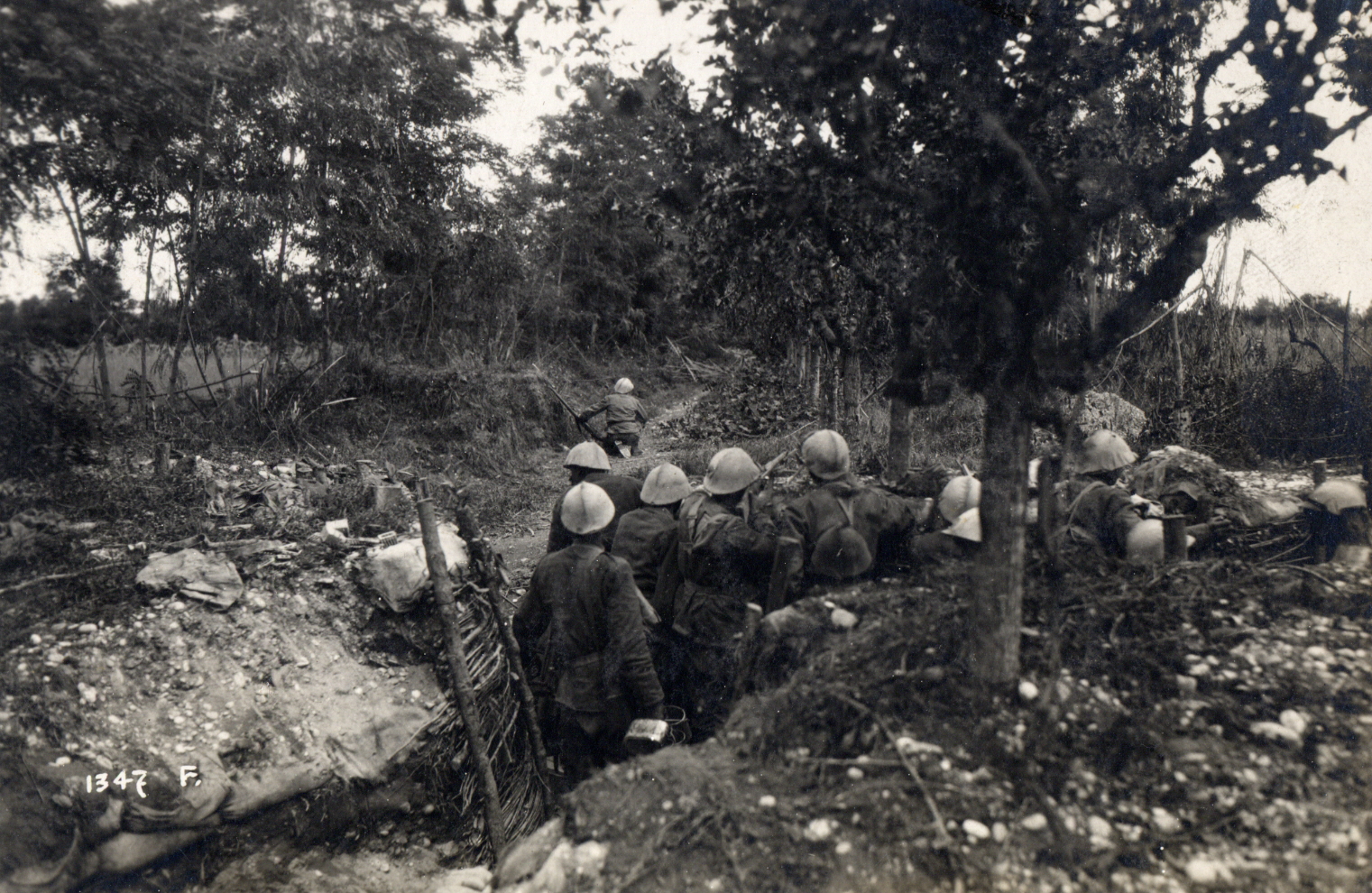 Italian Army Photographers 1915-1918, CC BY 2.5, Wikimedia Commons
Italian Army Photographers 1915-1918, CC BY 2.5, Wikimedia Commons
53. She Answered The Call
Brown abandoned her campaign to work during the war. Even more importantly, she became the director of the American Committee for Devastated France. She gave her all to her new efforts, and earned a French Legion of Honor once peace returned to the nations. But between her political runs and her work abroad, personal tragedy struck back at home.
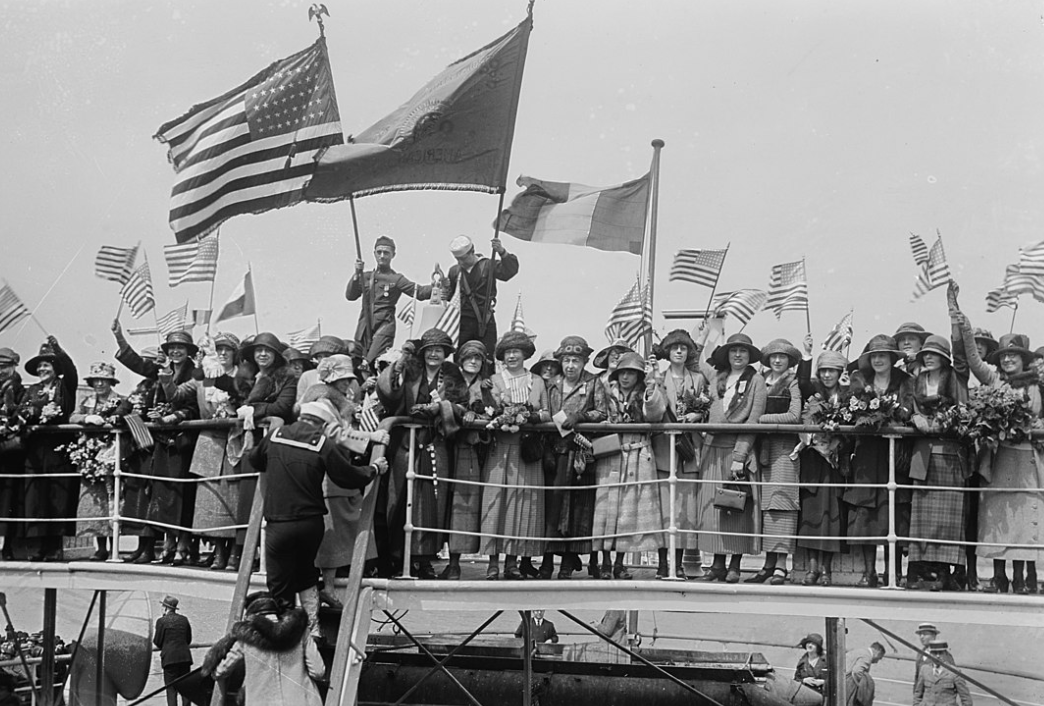 Bain News Service, Wikimedia Commons
Bain News Service, Wikimedia Commons
54. She Lost Him
JJ, Brown’s husband, passed on in 1922. Though the two separated long before, it seems they never harbored any ill will toward each other. Brown only spoke highly of him after his passing. But maybe that had less to do with how amazing a man he proved to be than the amazing money he left behind…
55. He Left A Fortune
At his life’s end, JJ left a large amount of assets behind. In the end, this included not only cash, but also property, stocks, and assets connected to his mining work. At first, it seemed the division of his wealth might be simple, considering the huge decision he made before passing.
56. He Remembered The Children
Before he passed, JJ made sure to move a very sizeable amount of money to the kids he and Brown birthed. There’s no literal number attached, by most records, but all things considered, they definitely received a pretty sizable sum. But, alas, it wasn't enough.
57. They Didn’t Like It
Meanwhile, Brown continued to tend to her own business. In this case, that meant traveling, working, and using her money to support charitable organizations. Reportedly, however, the children started to make a fuss about how much money she gave away. When they’d fussed enough, they actually decided to do something about it.
58. They Tried To Control Her
Brown’s children ultimately took her to court to try to officially divide the estate among them all. It’s not super clear what came of the court case, but I can’t imagine it left a good taste in their mother’s mouth. Eventually, both Brown and the children ended up with plenty of money to go around. And Brown made another shift in the nature of her life.
59. Everything Changed
Now in her late 50s, Molly Brown found herself in a very new world. Women finally secured their right to vote in 1920. And the national crisis, though over, brought more attention to other countries as a whole. Brown finally had the opportunity to pursue a passion she probably never actually thought she might get to.
60. She Became The Center Of Attention
Brown shifted her attention to pursuing the arts, especially acting. While she didn’t find any notable success, she did enjoy her time with theater. She even played a notable role in the play L’Aiglon. When she wasn’t busy on the stage, she enjoyed her life as a fabulous, rich, single woman.
61. She Kept It Classy
Brown reportedly spent most of her time in New York City as she grew older. That totally makes sense, as New York quickly started to become a mecca of all things arts and culture just around that time. But of course, Brown didn’t live life in the Big Apple like the average person. Like everything else, she did it in very high style.
62. She Lived With Celebrities
In her final years, Brown moved into the Barbizon Hotel in New York City. Now, living in a hotel already sounds very posh and luxurious. But to make things even more interesting, several other huge celebrities stayed at the hotel as well, including Ingrid Bergman and Candice Bergen. Perhaps after a life so large, Brown didn’t really think about the end. But, as it does for every soul, the end eventually came.
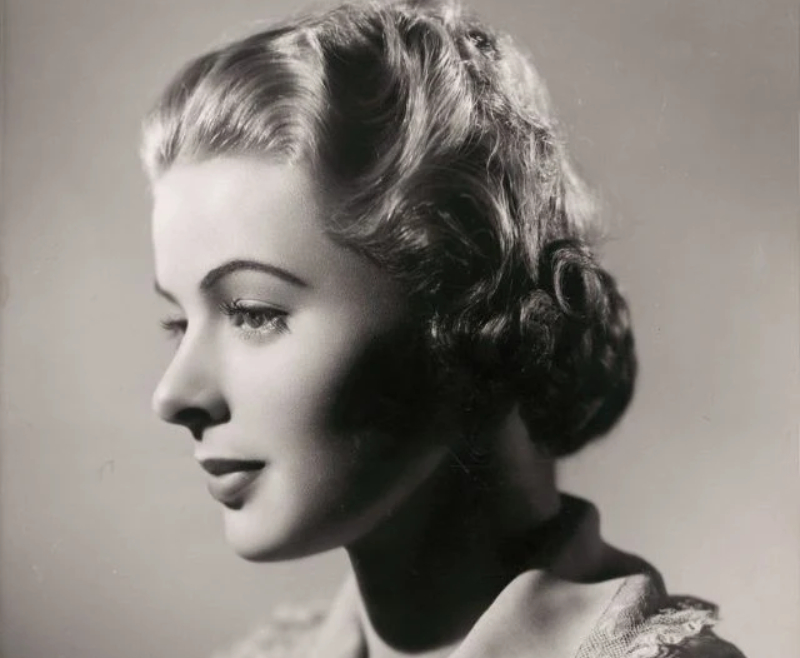 A. L. Whitey Schafer, Wikimedia Commons
A. L. Whitey Schafer, Wikimedia Commons
63. She Went As She Lived
Molly Brown passed on in 1932. She seemingly went very peacefully in her sleep, though doctors later declared that a brain tumor ended her life. Her family buried her in a cemetery that still exists in Westbury, New York. And though Brown’s body went into the ground, her story went on, getting even bigger after her passing.
 Antony-22, CC BY-SA 4.0, Wikimedia Commons
Antony-22, CC BY-SA 4.0, Wikimedia Commons
64. She Took All The Credit
Interestingly enough, despite the way Brown’s husband’s wealth contributed to her life and work overall, she is the most memorable of her entire family. So much so that historians turned both the house she grew up in and the summer house she got with her husband into museums bearing her name (even though she didn’t pay for either—that’s some girl power, if I do say so myself). The history buffs didn’t turn out to be the only ones who wanted in on the Brown sparkle either.
 Onetwo1, CC BY-SA 3.0, Wikimedia Commons
Onetwo1, CC BY-SA 3.0, Wikimedia Commons
65. She Became A Symbol
Brown’s life ultimately became a symbol of something impossible to “sink”. As such, there’s a riverboat in a Disneyland ride named after her, as well as an entire spacecraft called “Molly Brown”. Even with all that, what stands as the most interesting look back at Brown’s life is probably something she would've loved to actually participate in.
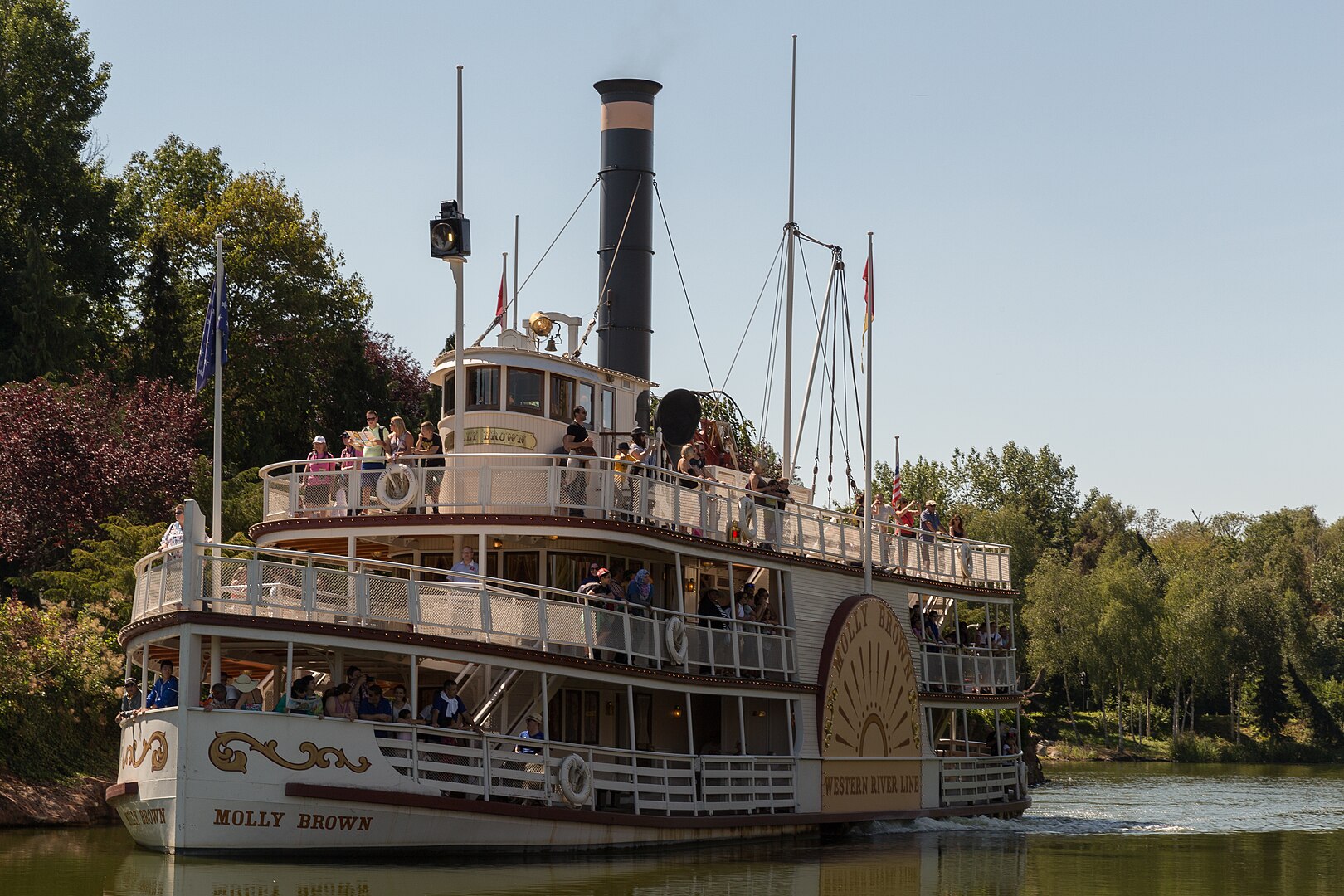 William Crochot, CC-BY-SA 4.0, Wikimedia Commons
William Crochot, CC-BY-SA 4.0, Wikimedia Commons
66. She Hit The Big Screen
In 1964, the musical comedy The Unsinkable Molly Brown debuted in American theaters. Though inspired by Brown’s life, and especially her experience on the Titanic, the film fictionalized much of the details in an attempt to make the story more entertaining for audiences. The reception was…mixed, to say the least.
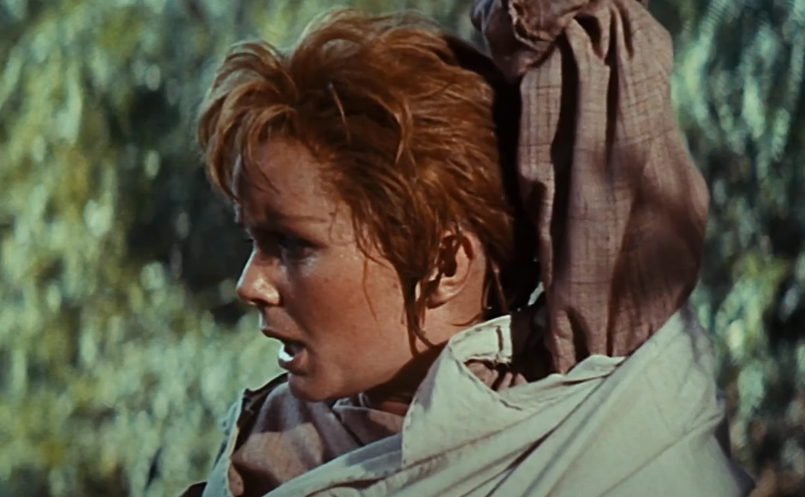 MGM, The Unsinkable Molly Brown (1964)
MGM, The Unsinkable Molly Brown (1964)
67. They Loved And Hated It
Many critics came out with conflicted reviews following the film’s debut. They praised the music, tone, and cinematography of the film overall. But they criticized the main character, as the production made her much more superficial. Either way, though, the money and award nominations the film brought in told a very different story.
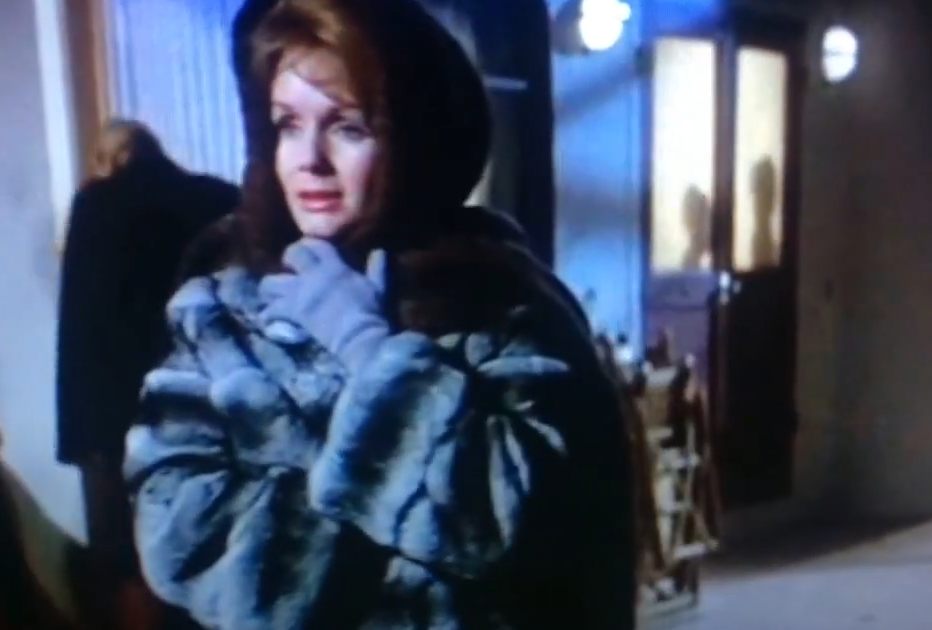 MGM, The Unsinkable Molly Brown (1964)
MGM, The Unsinkable Molly Brown (1964)
68. They Hit The Jackpot
All ambivalent reviews aside, the film turned out to be a box office success. It eventually became the most successful film to debut in that time period at Radio City Music Hall. Furthermore, it earned an Academy Award nomination. Fitting, considering the truly undaunted woman that inspired it.
 MGM, The Unsinkable Molly Brown (1964)
MGM, The Unsinkable Molly Brown (1964)
69. She Threatened Him
Speaking of "undaunted", remember when Molly Brown made the sailor of her lifeboat go back for more passengers? Well, the sailor had been adamant about not going back—until Brown said something that shocked the whole boat into silence. She told him that if he didn’t turn back, she’d throw him in the ocean and turn back to save the others herself. I imagine she made that declaration with the kind of facial expression that makes a threat sound more like a promise, because he finally turned back.
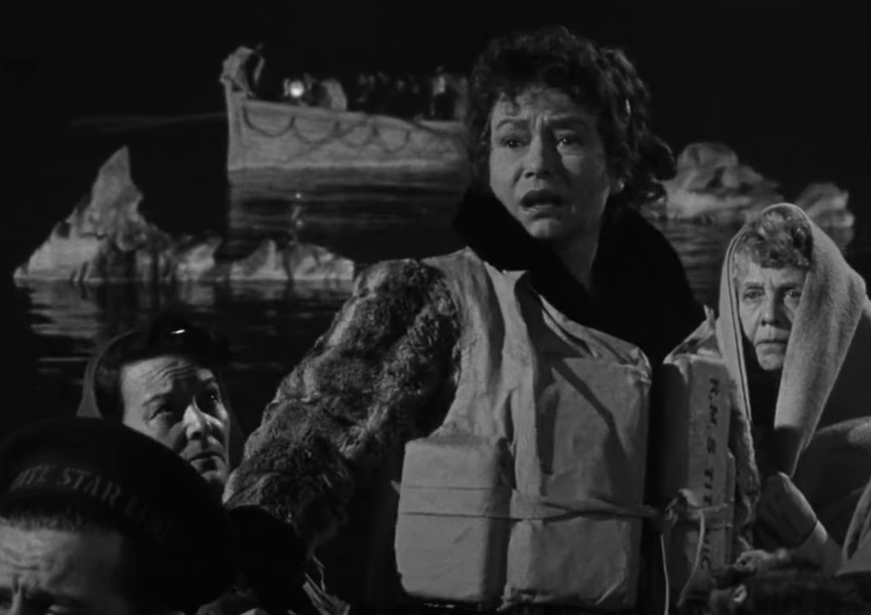 Twentieth Century, Titanic (1953)
Twentieth Century, Titanic (1953)
70. She’s Unforgettable
Over the years, Molly Brown popped up over and over again in portrayals of her life and the story of the Titanic, from the 1950s right up to the present day. And if you’ve made it to the end of this, I’m sure you can see why. The story of Brown’s truly fierce and fabulous life is just too exciting and unbelievable not to tell over and over again.

